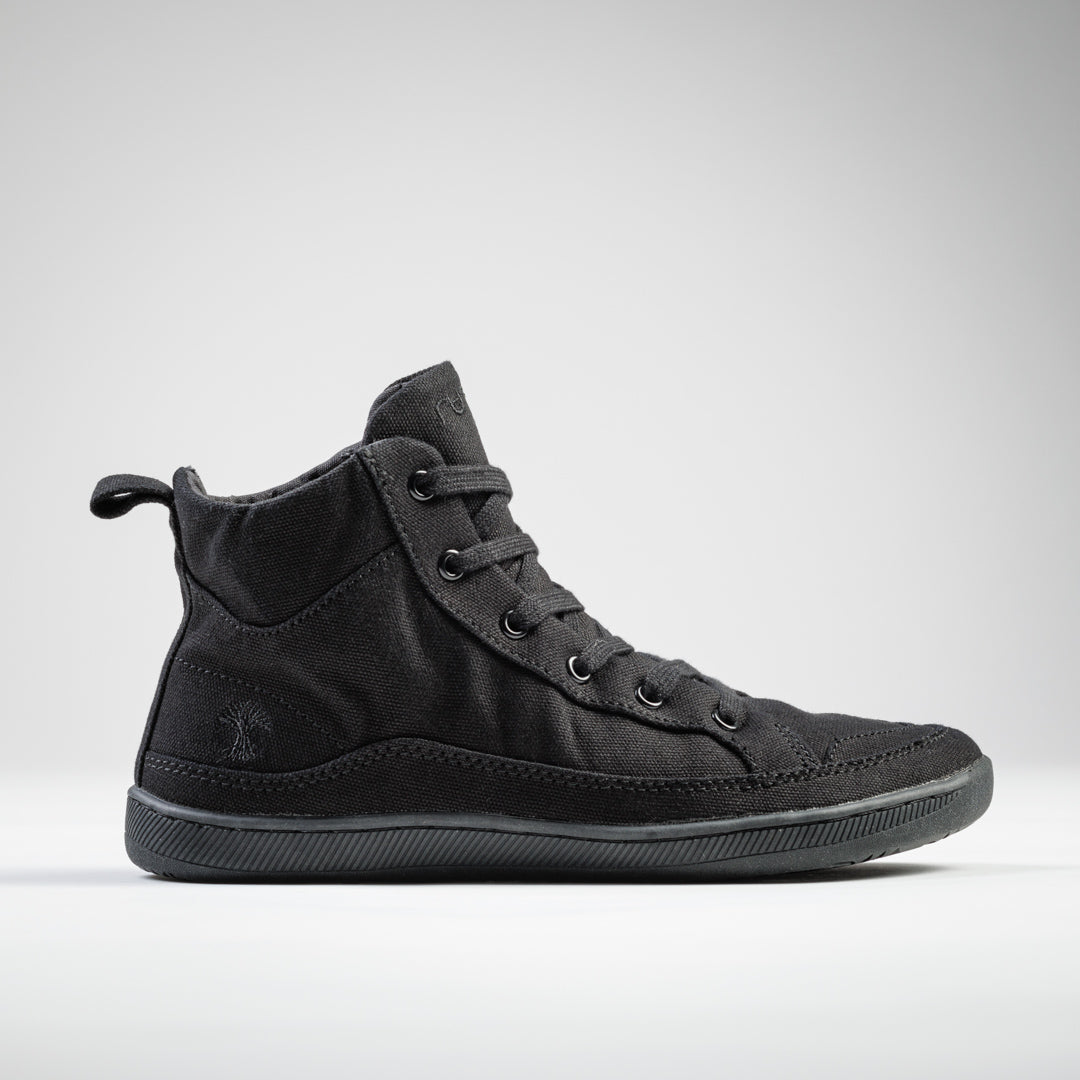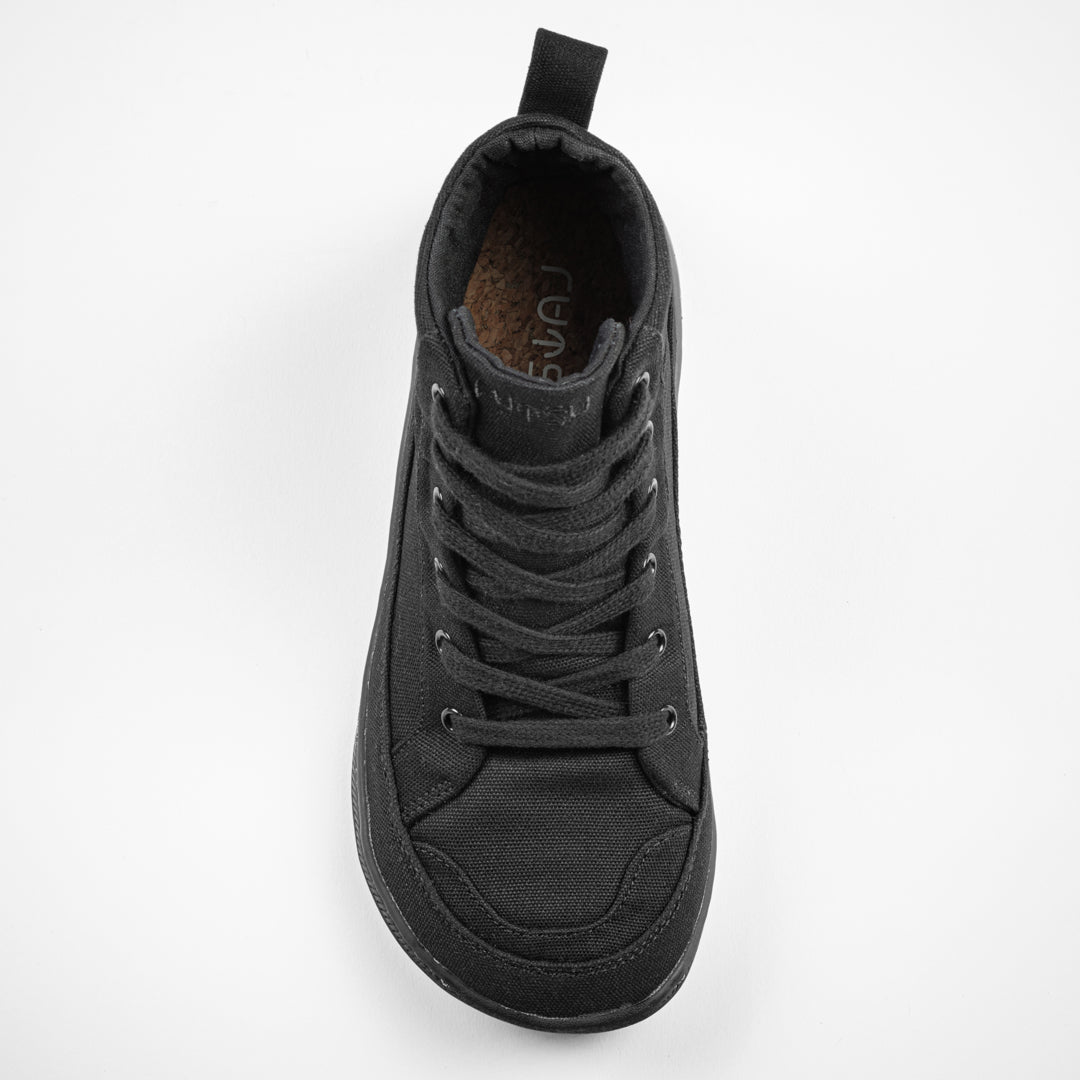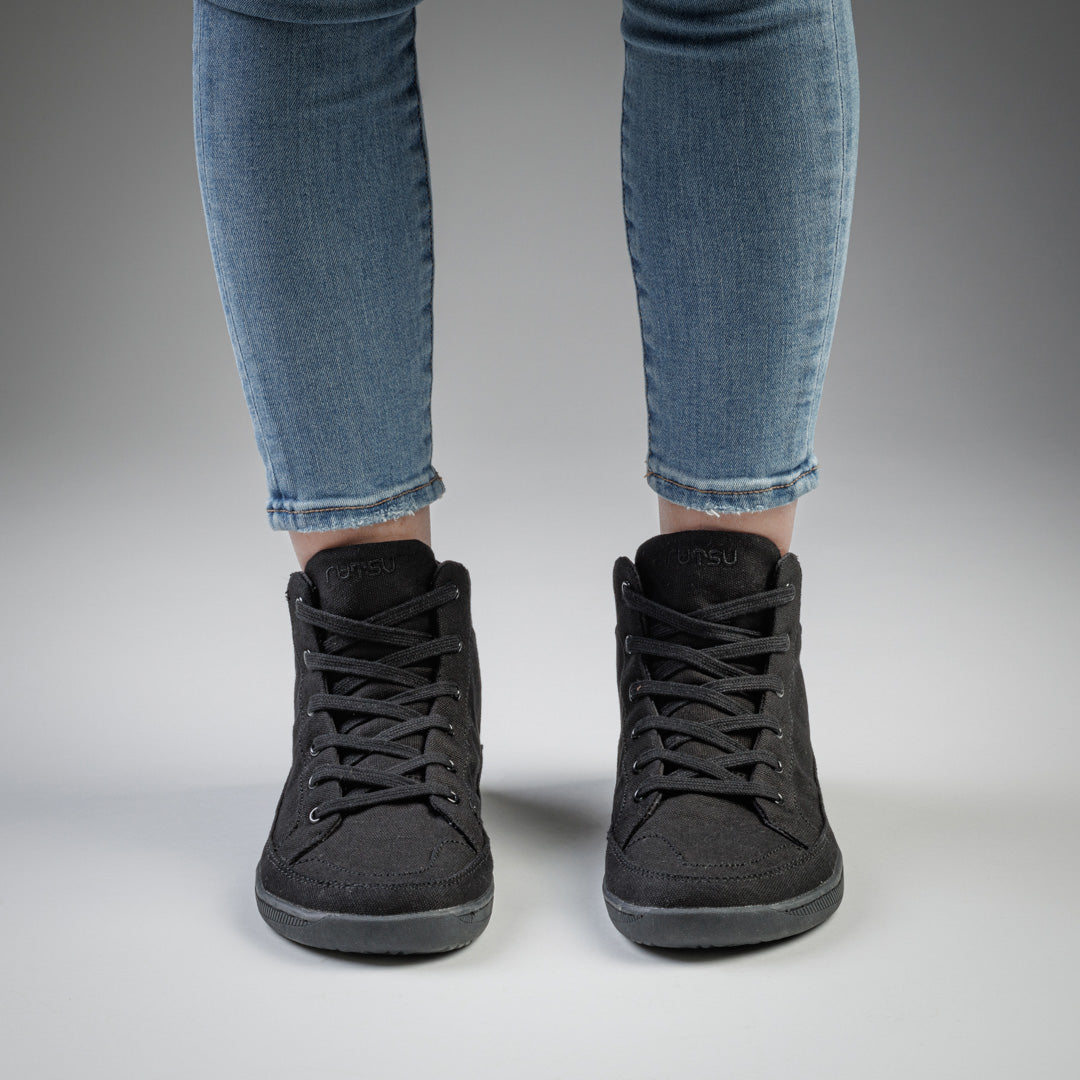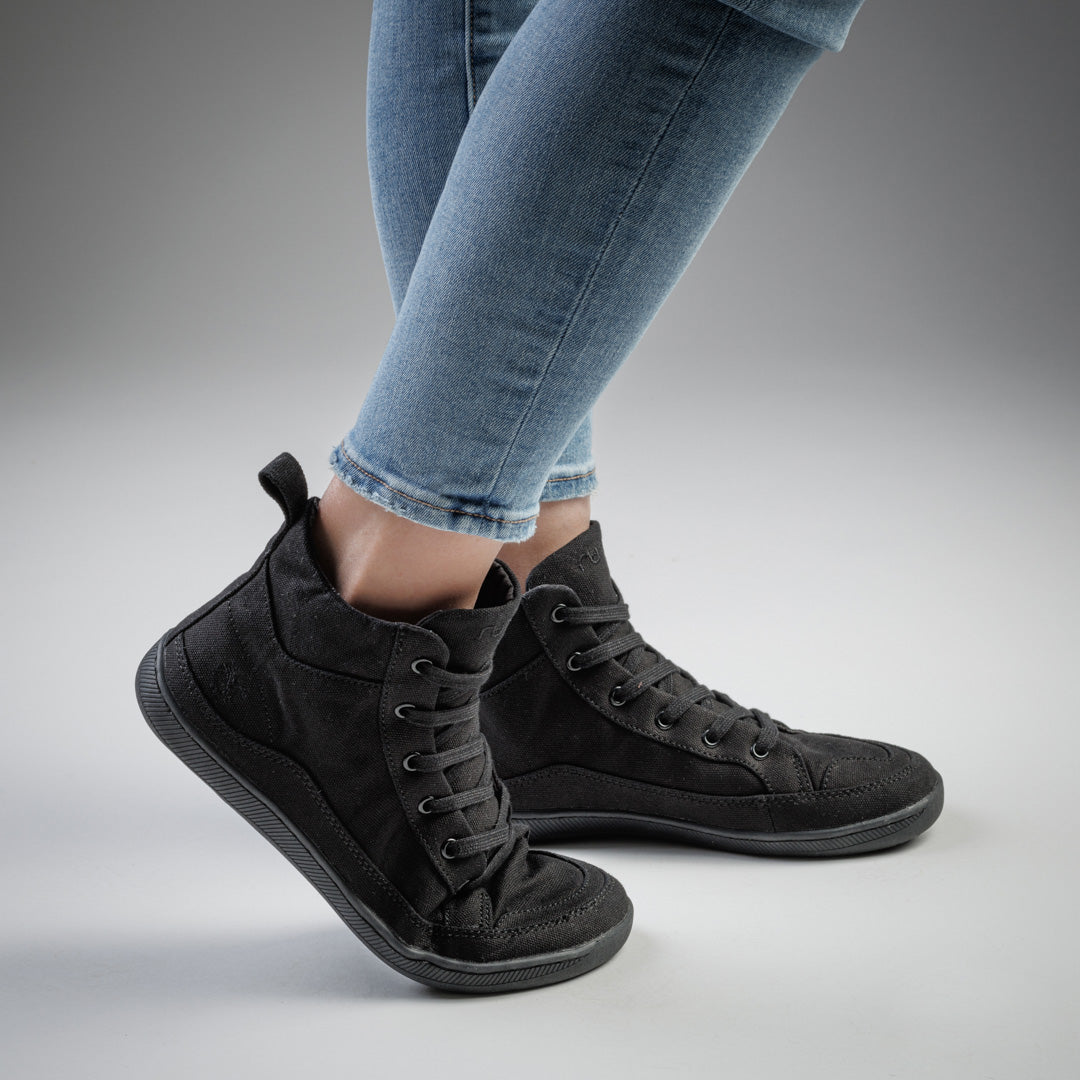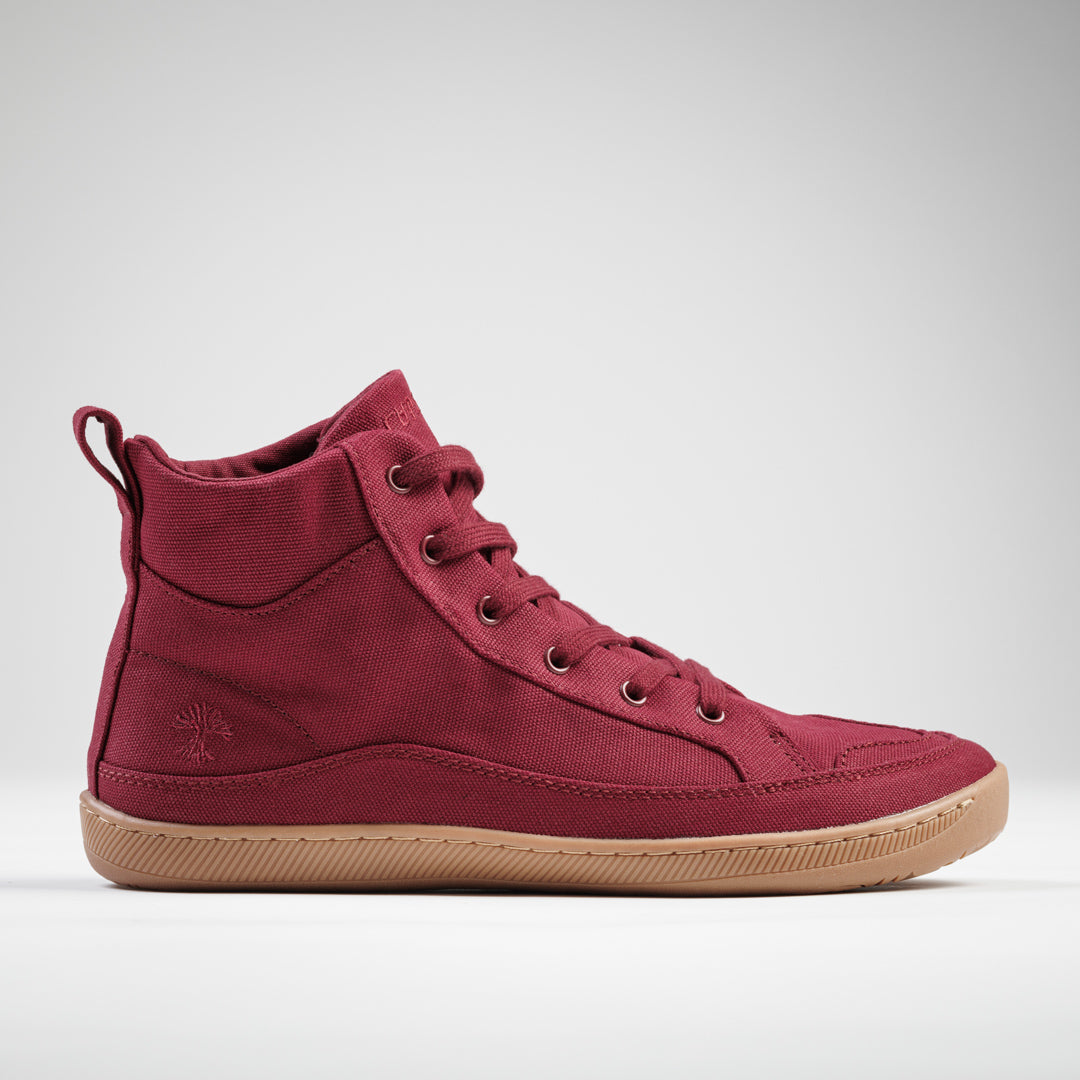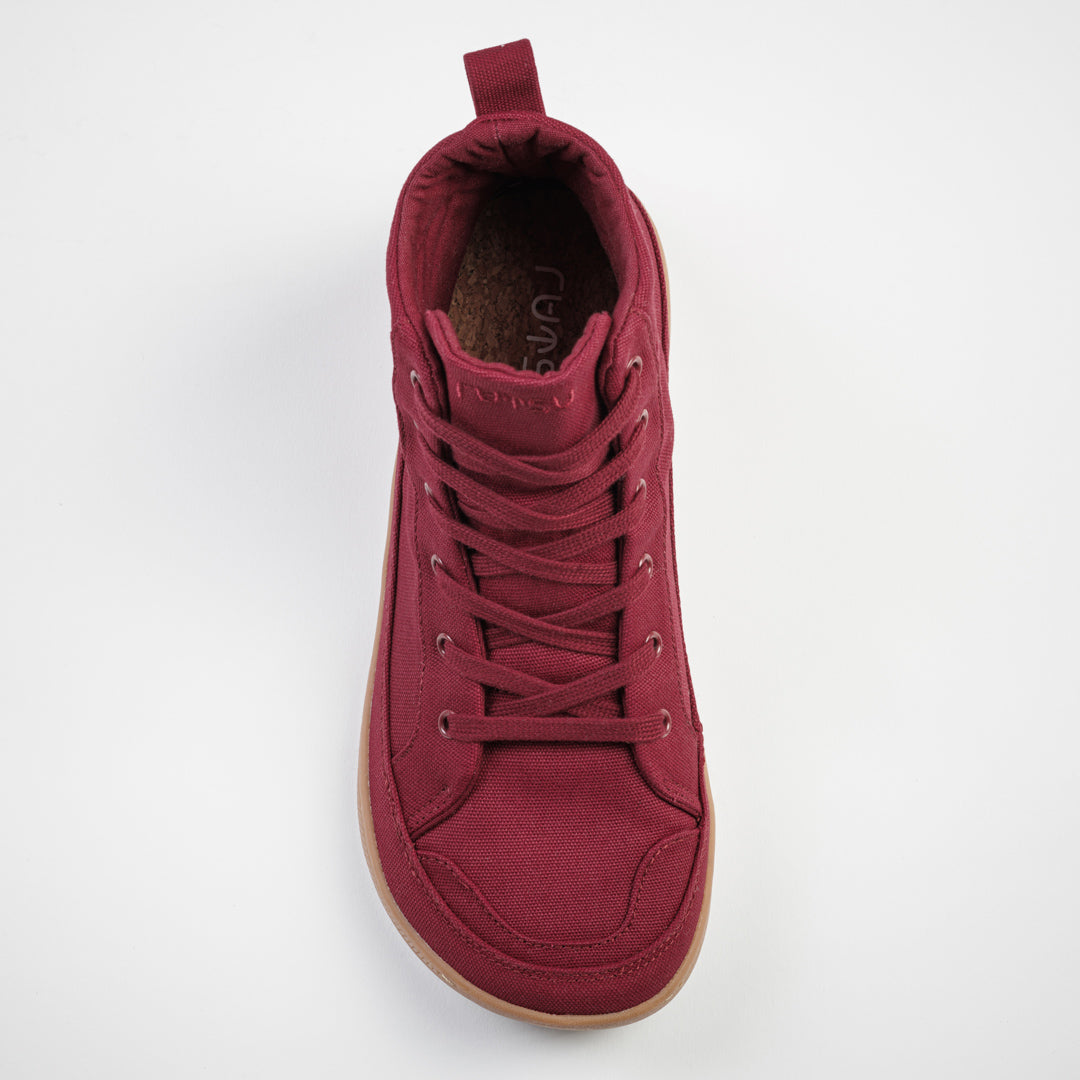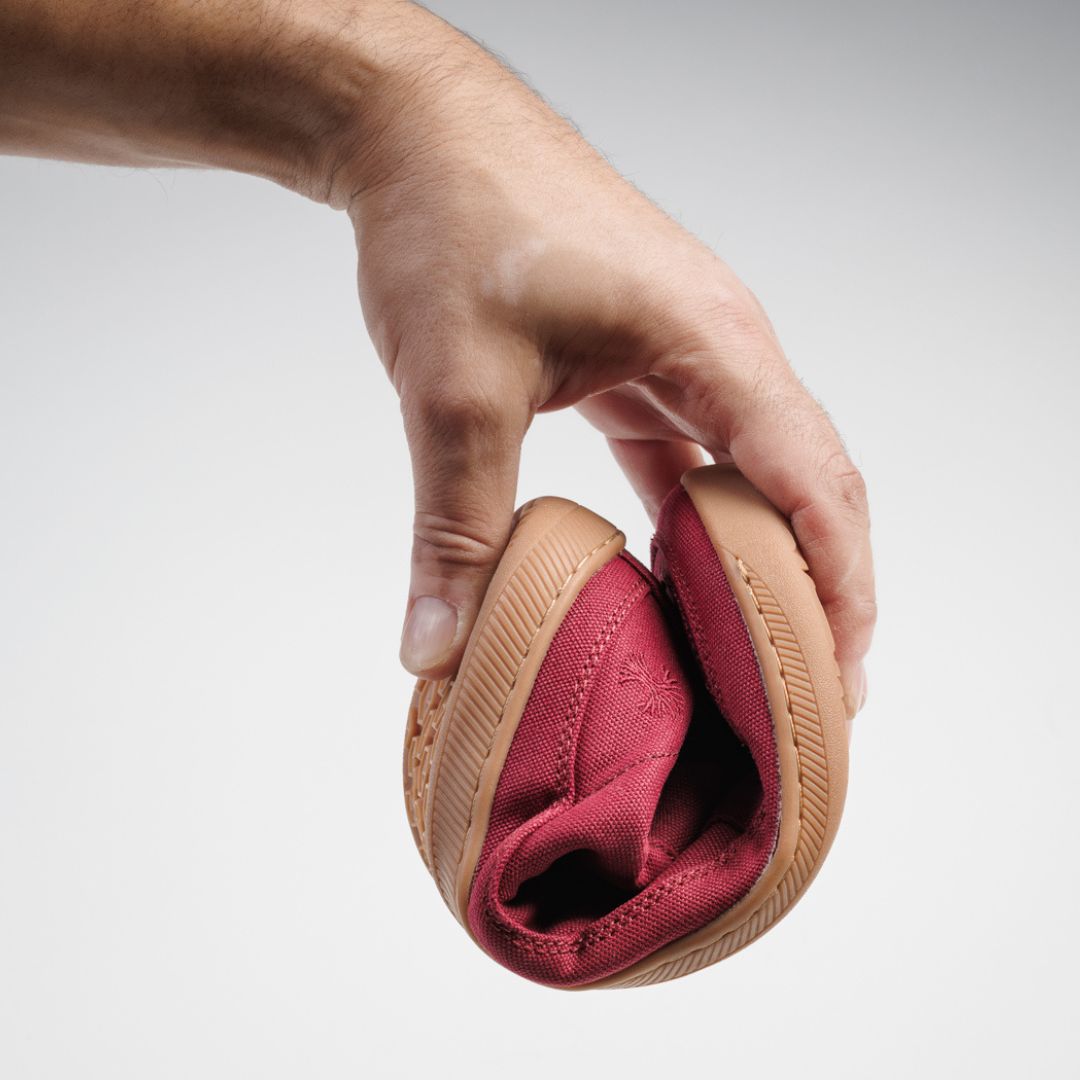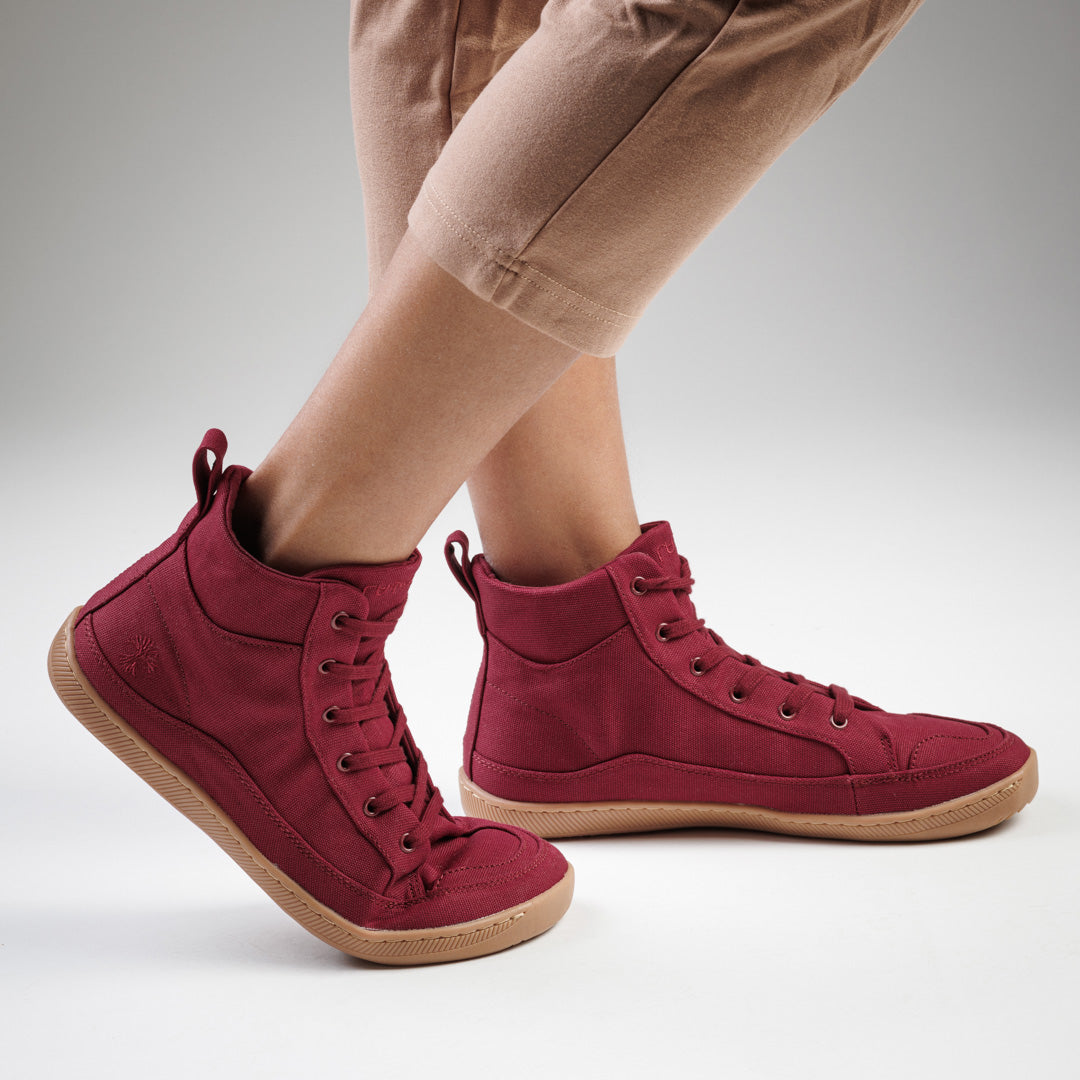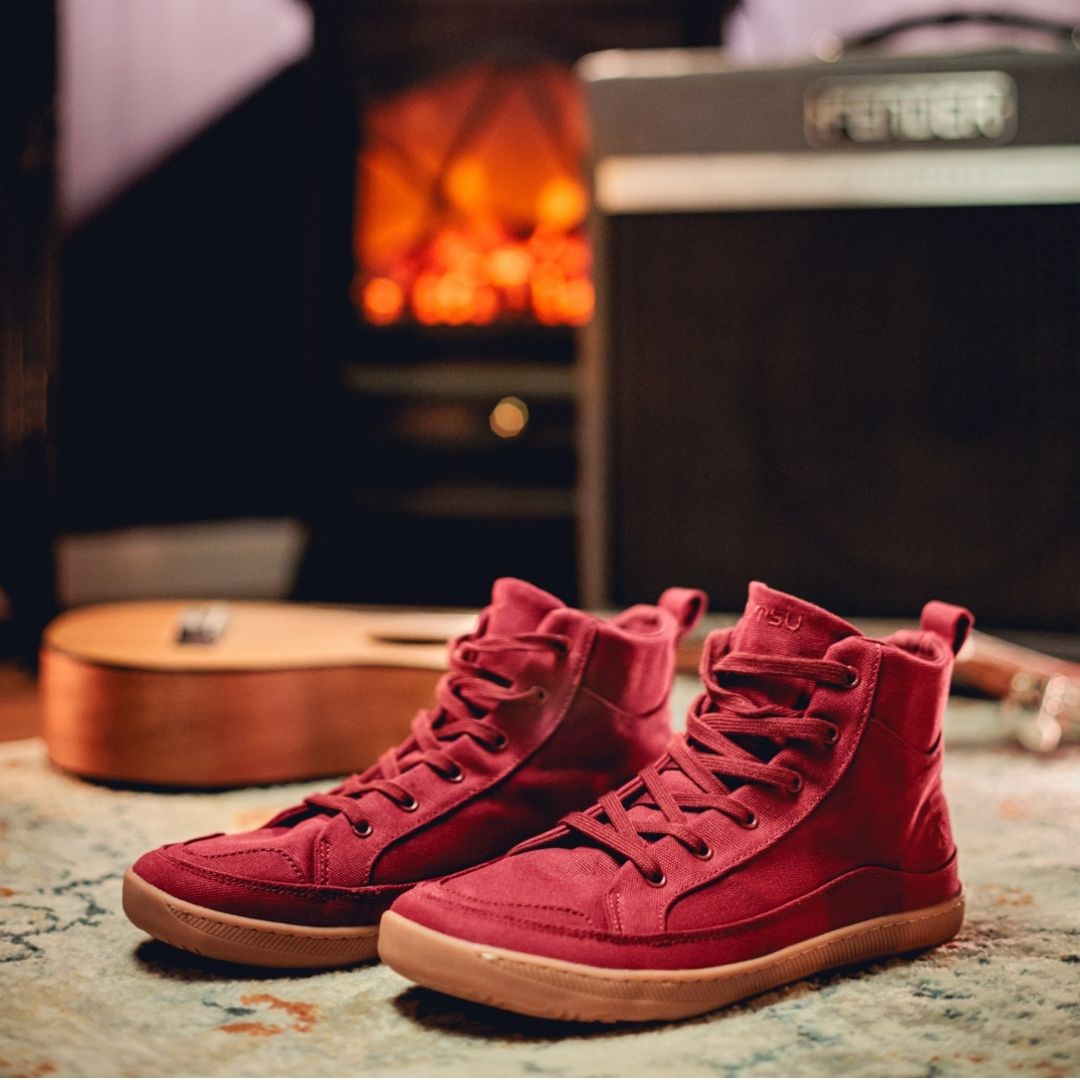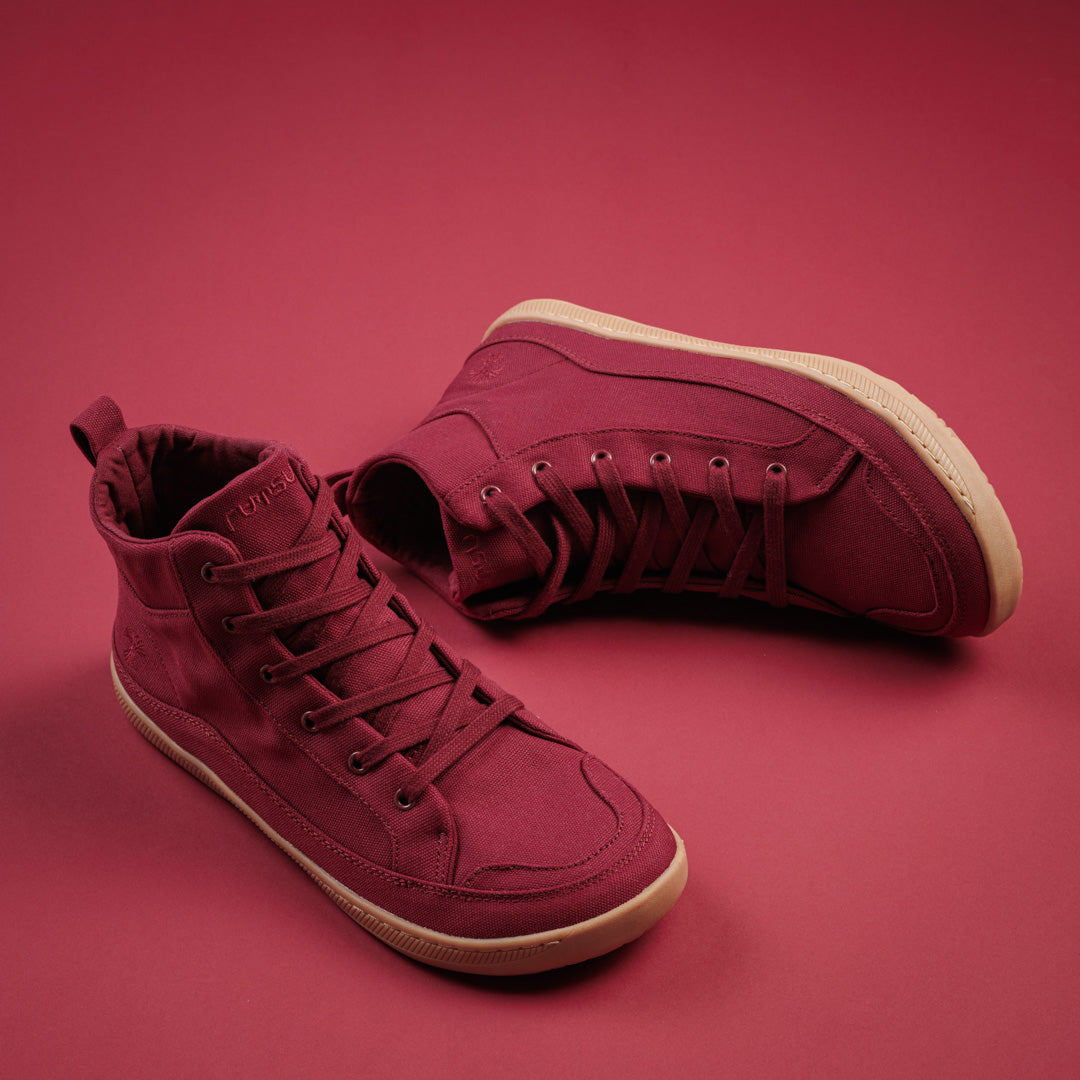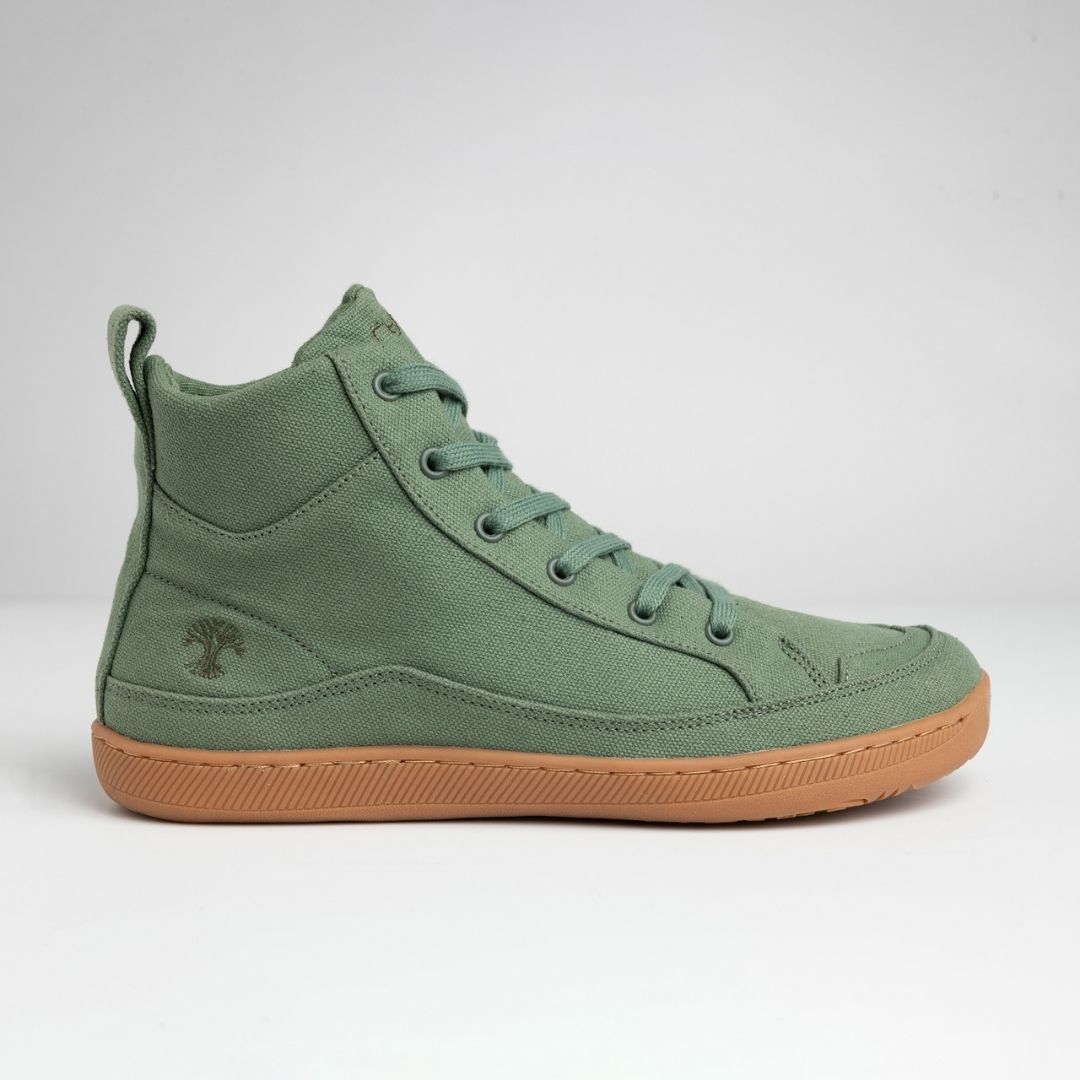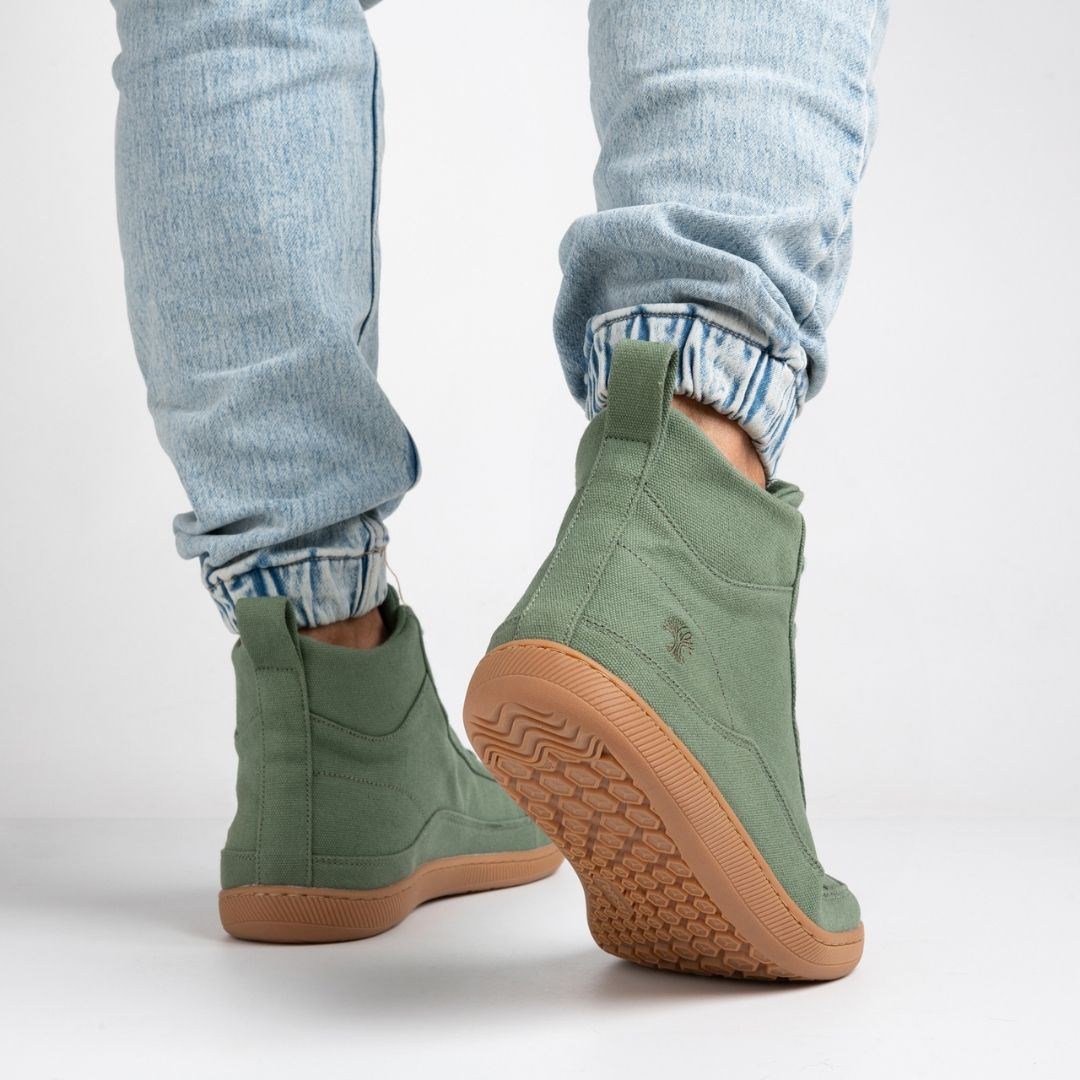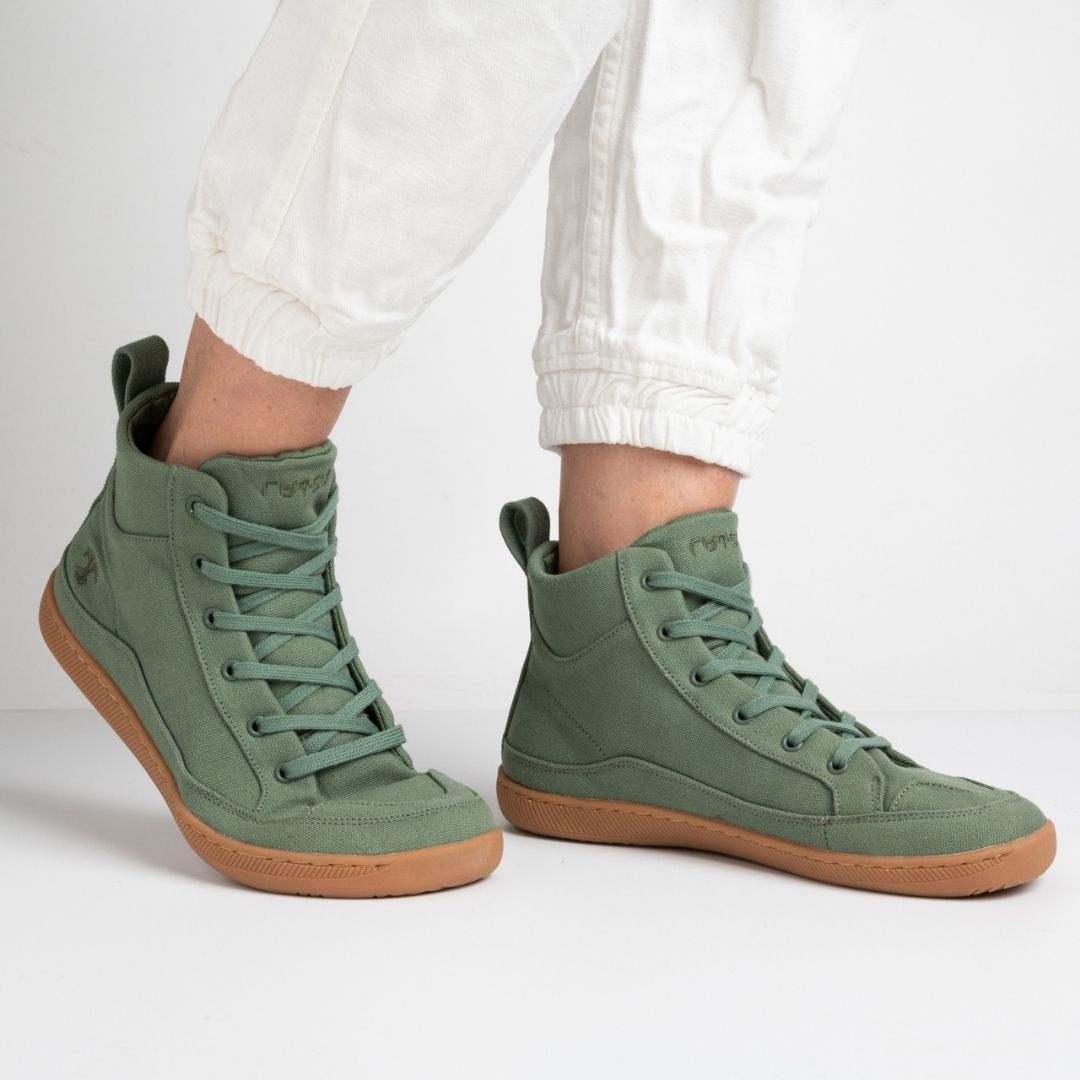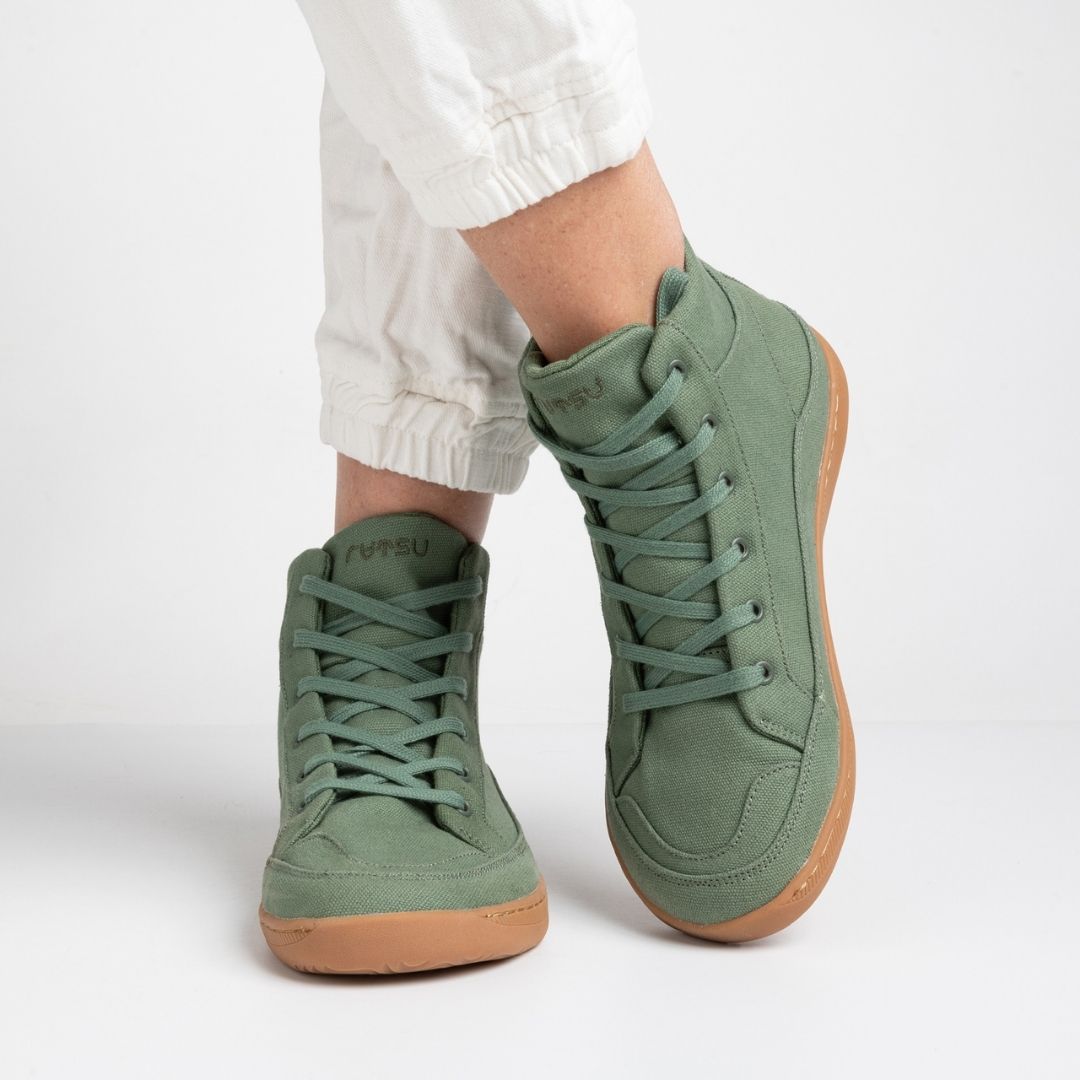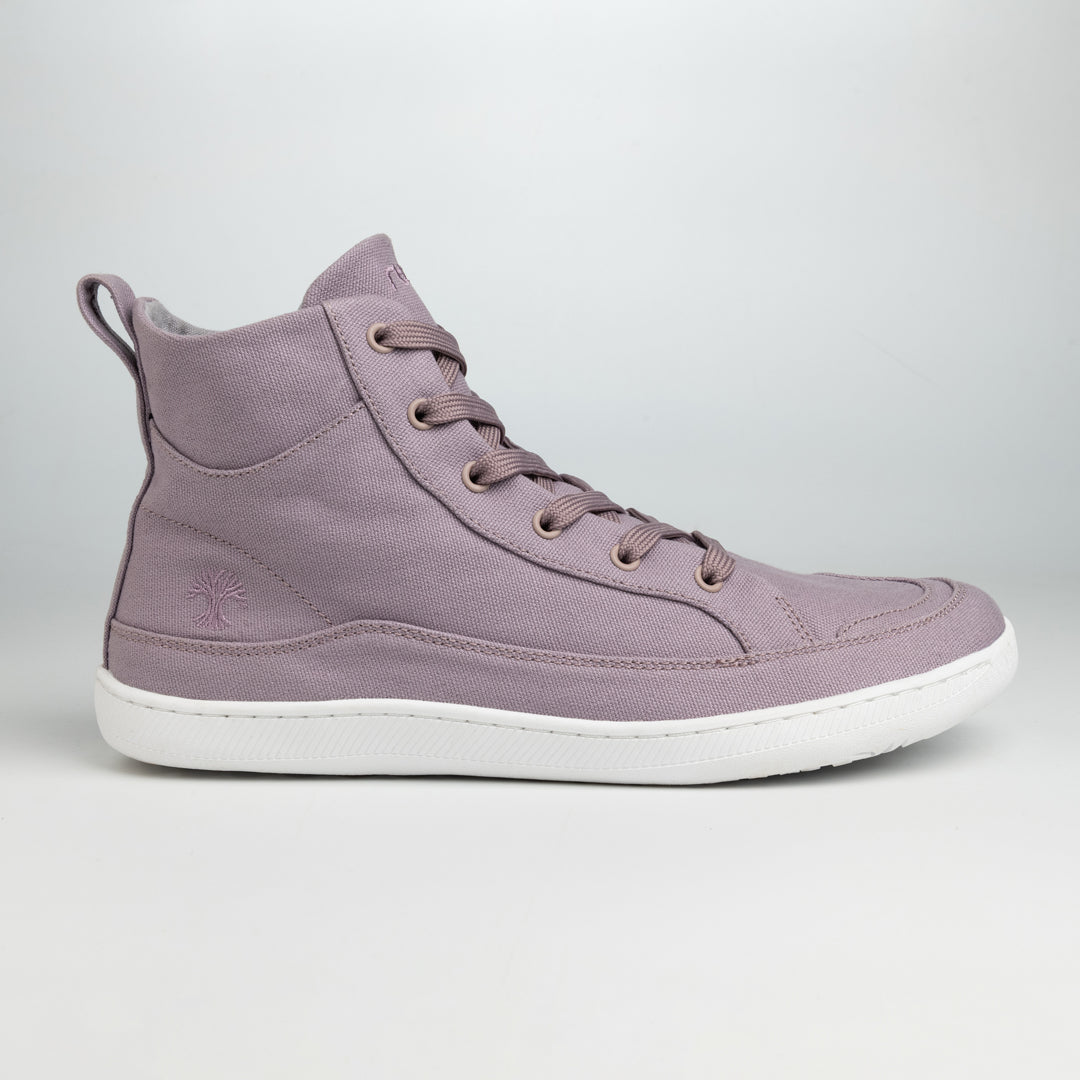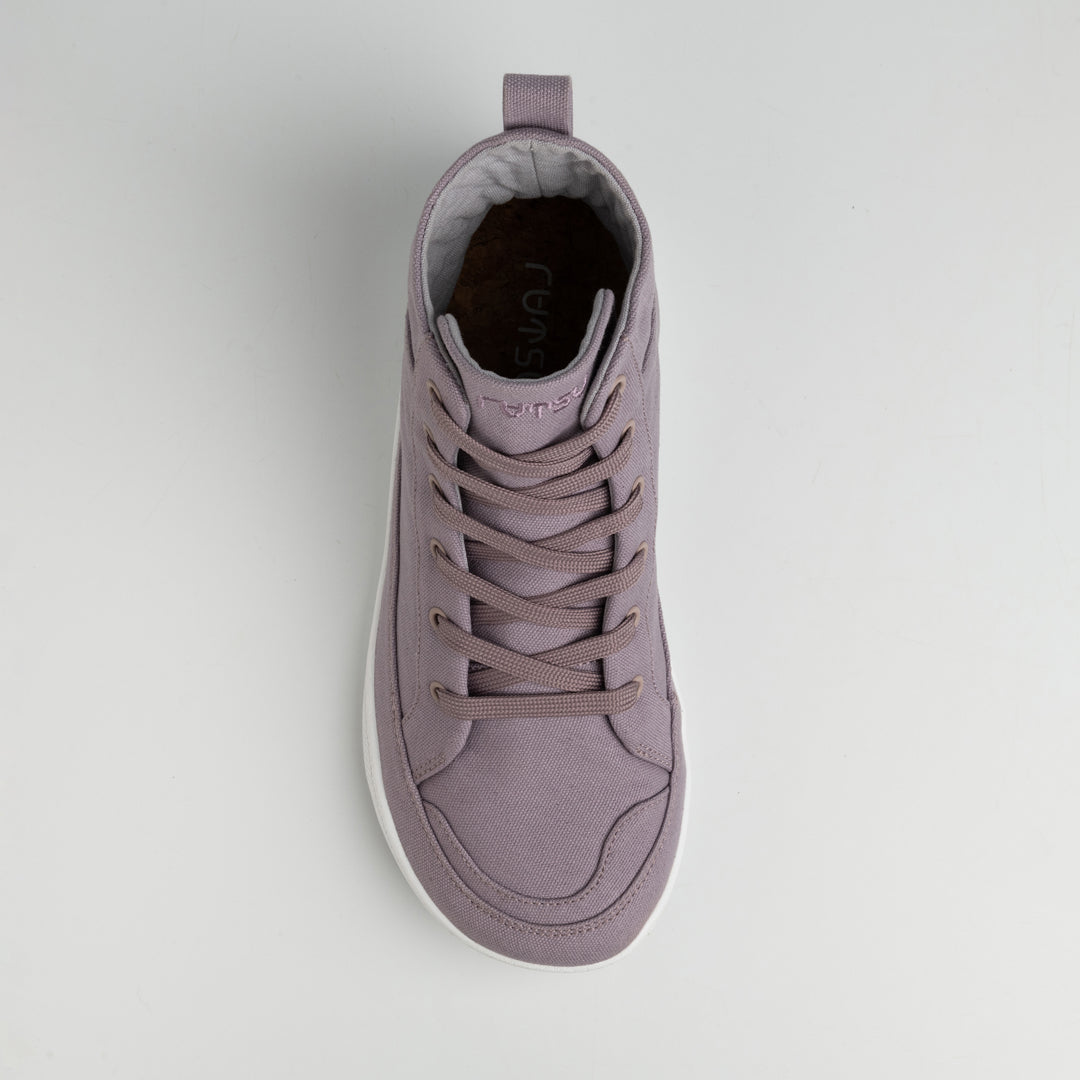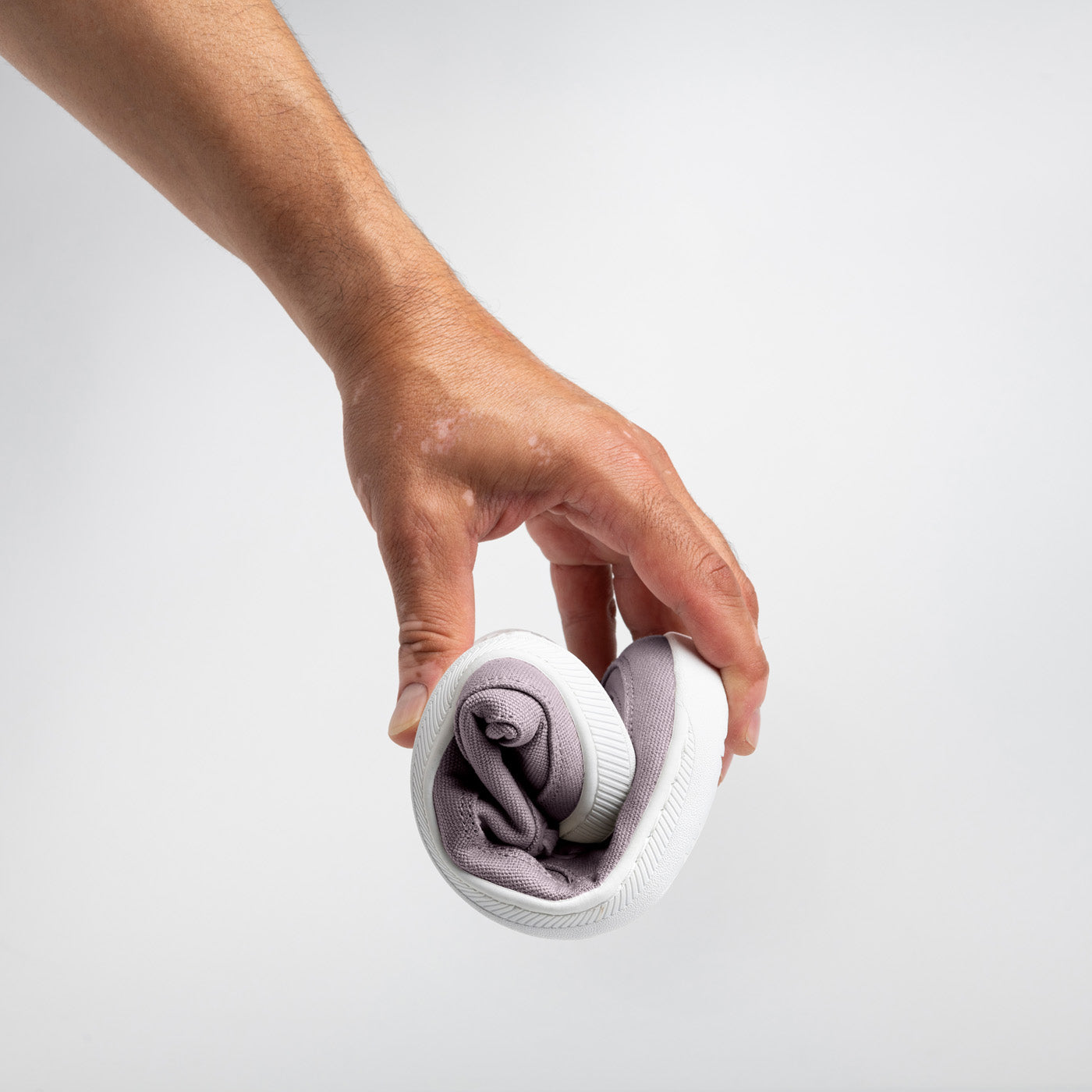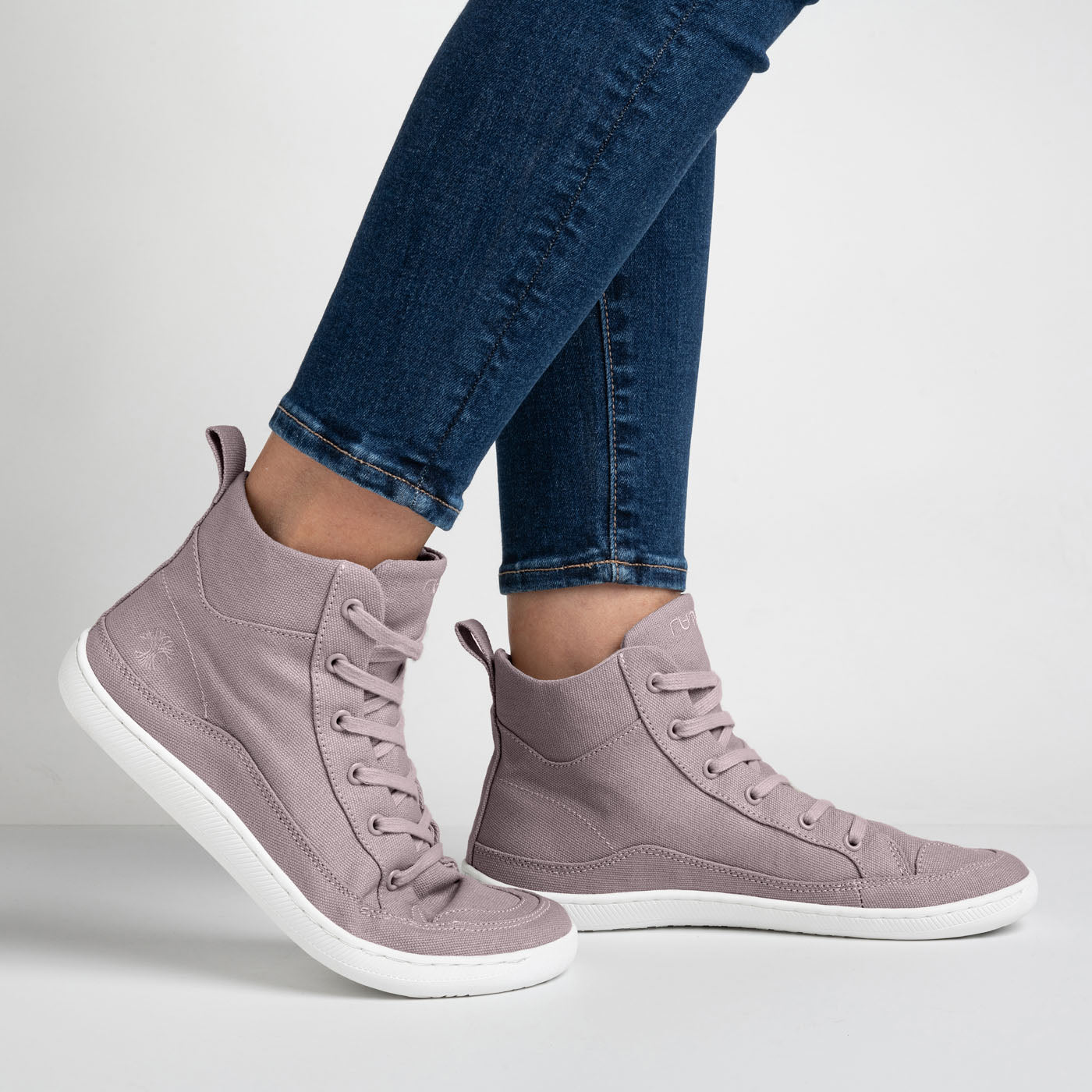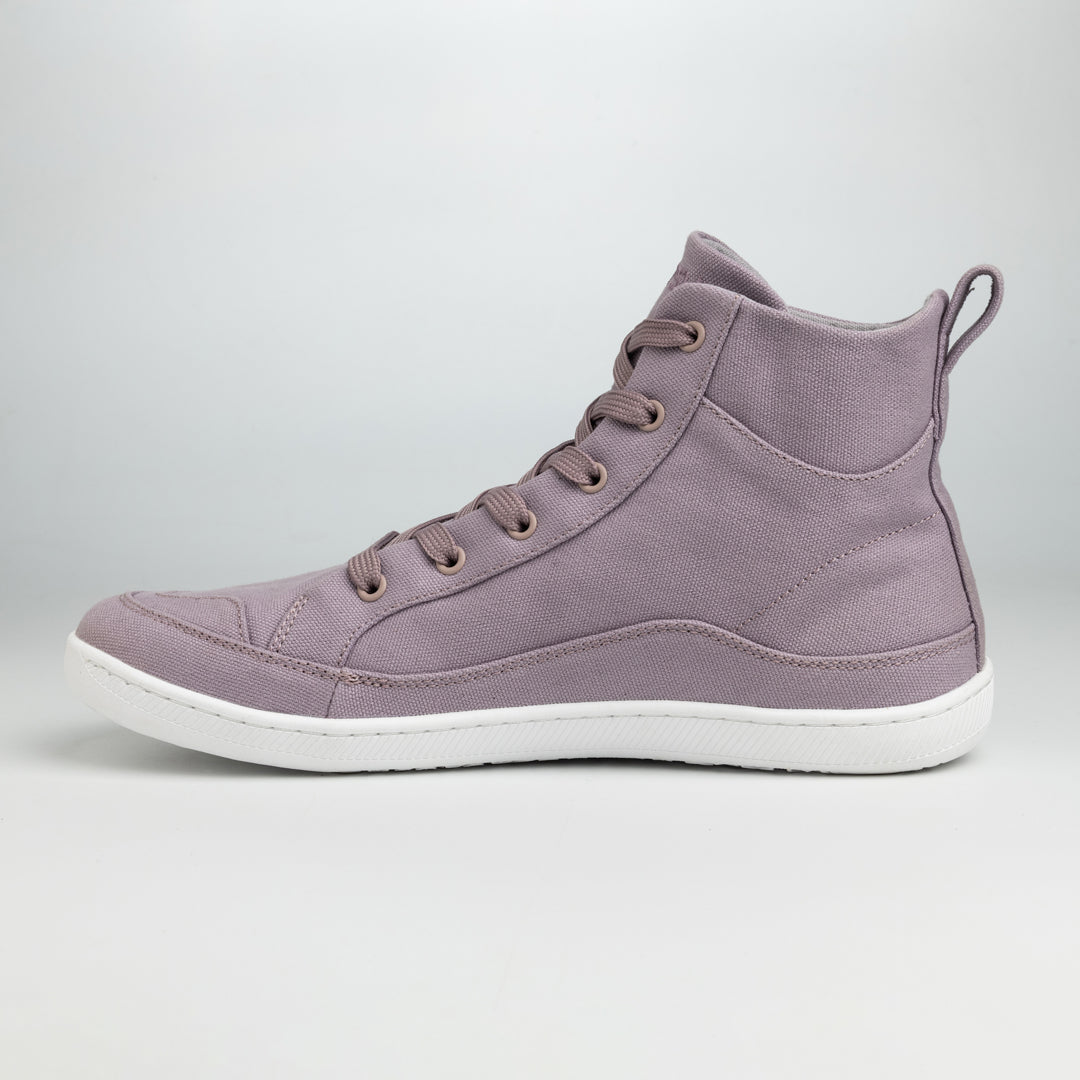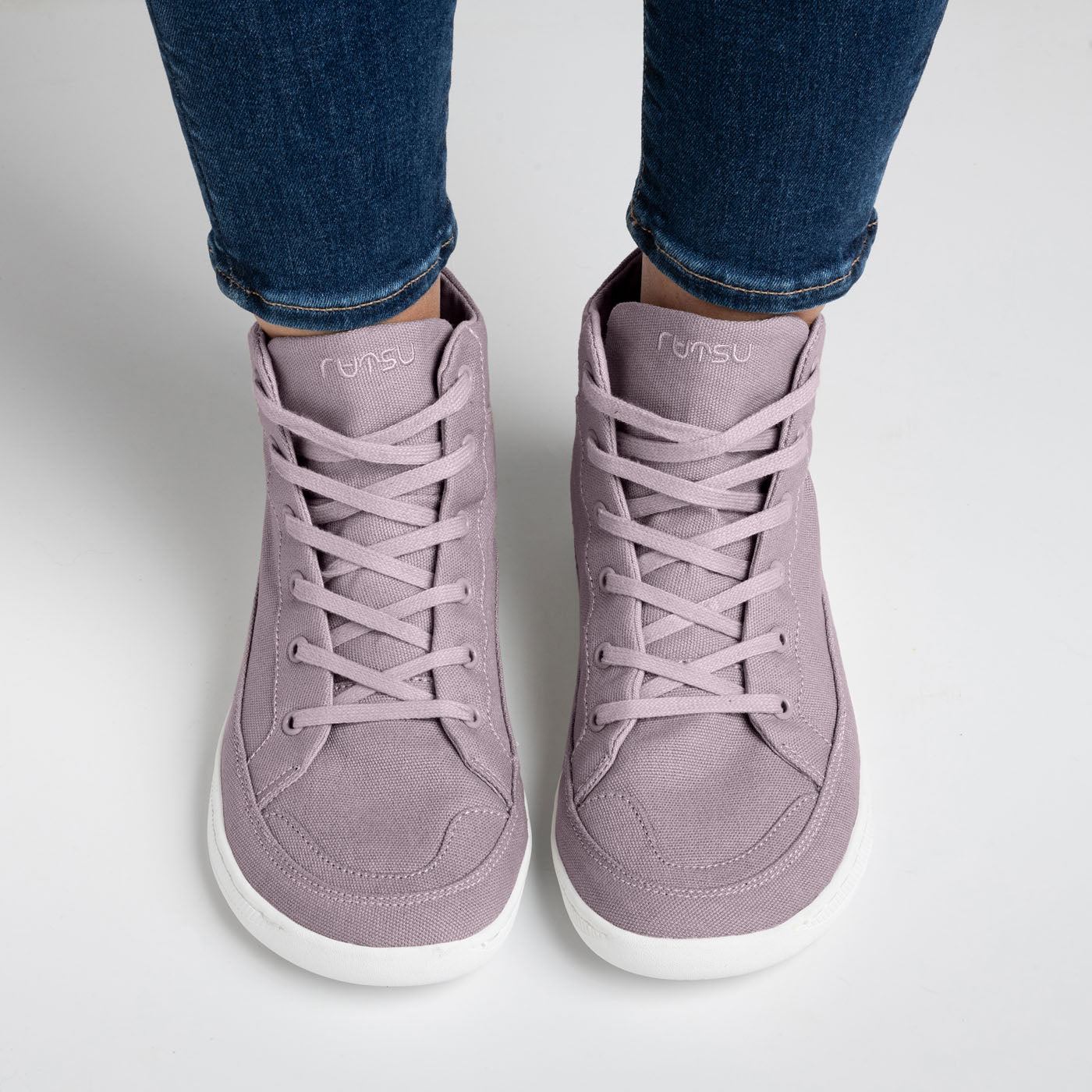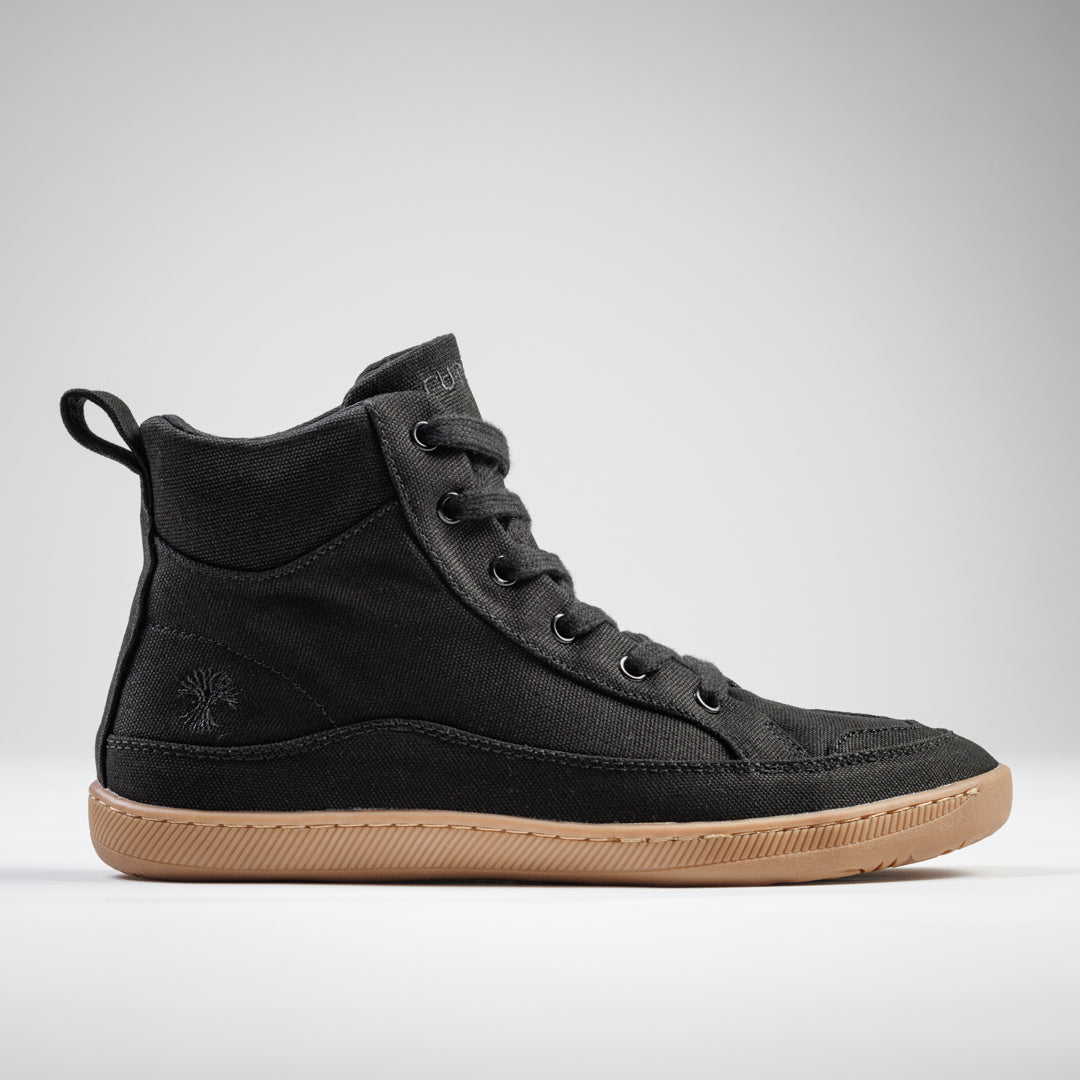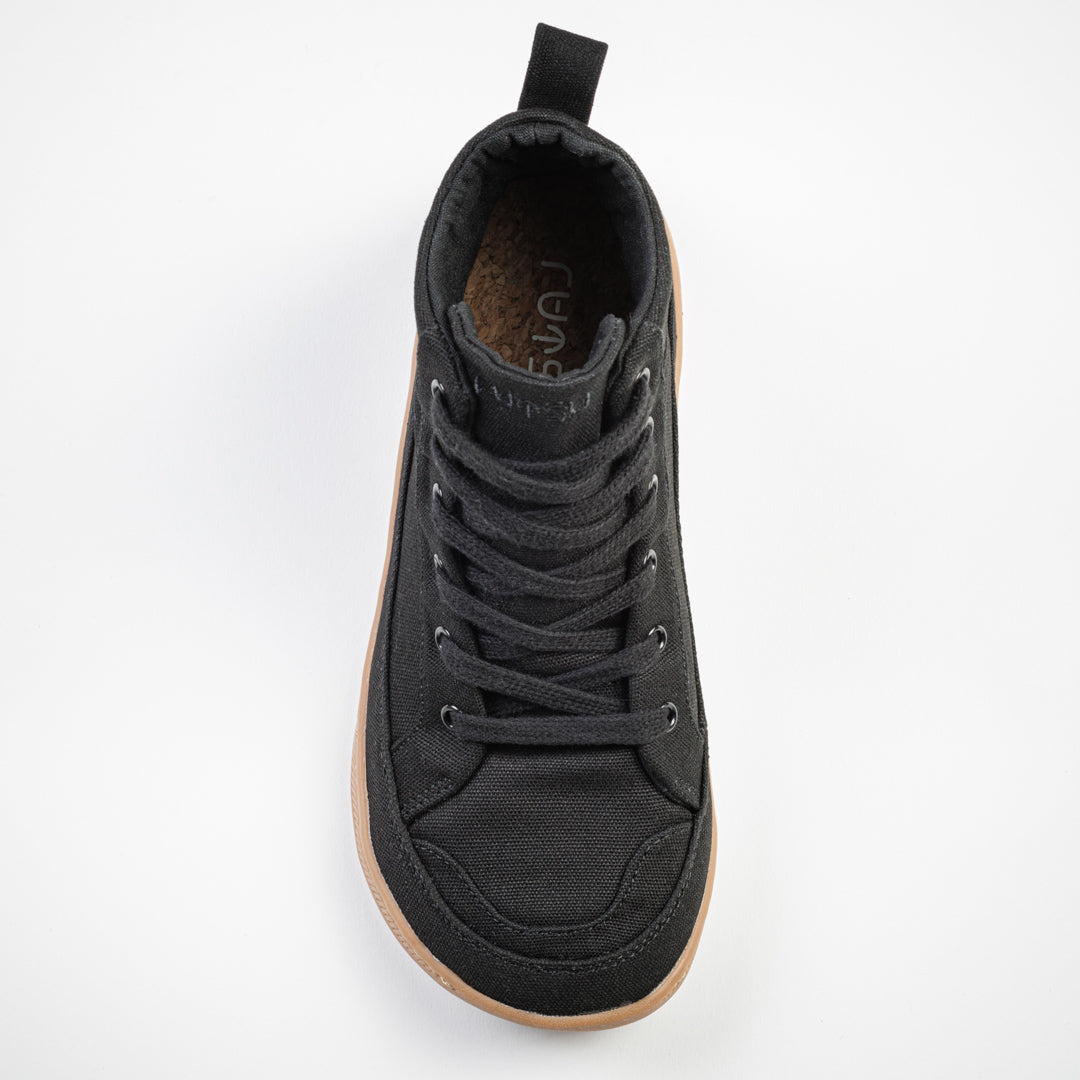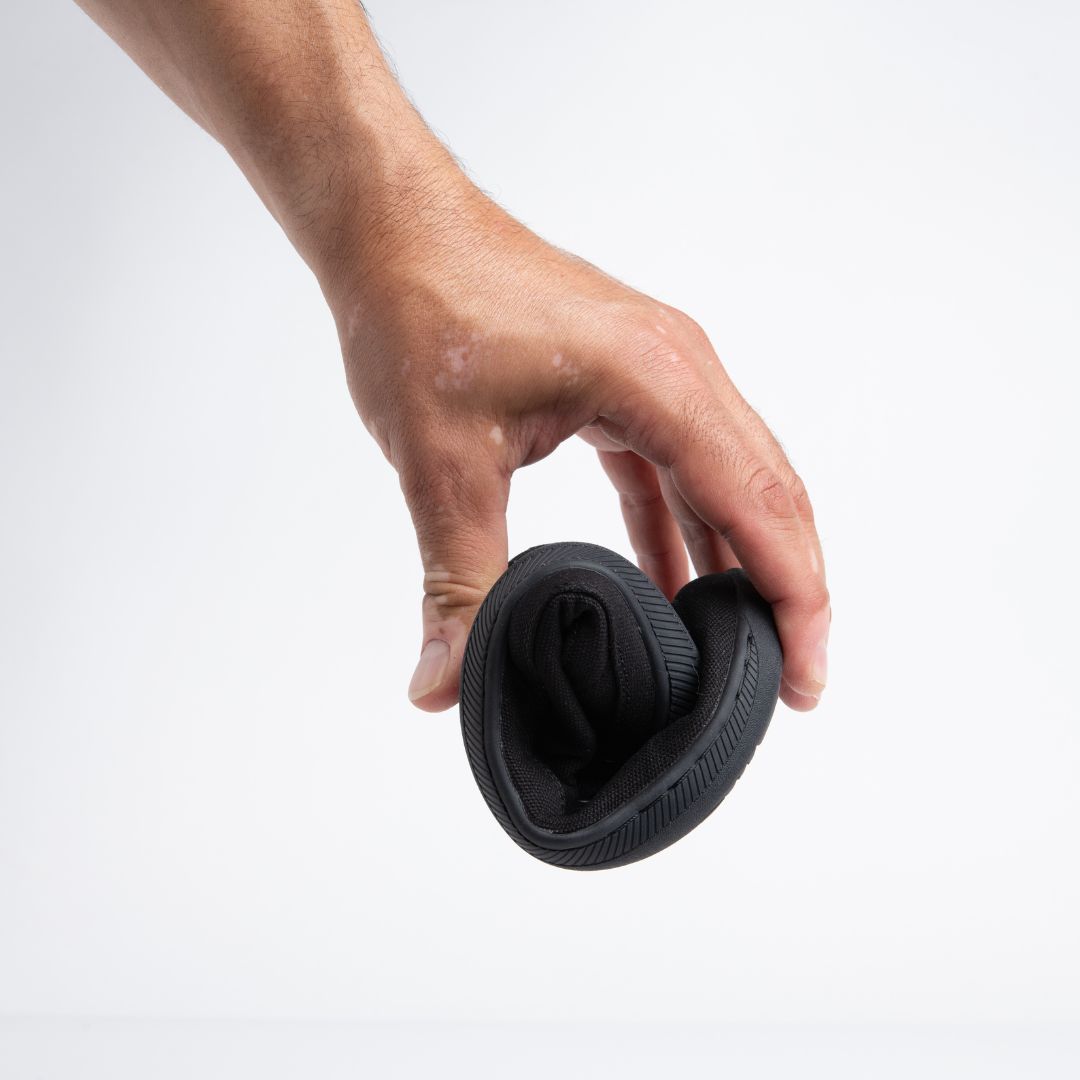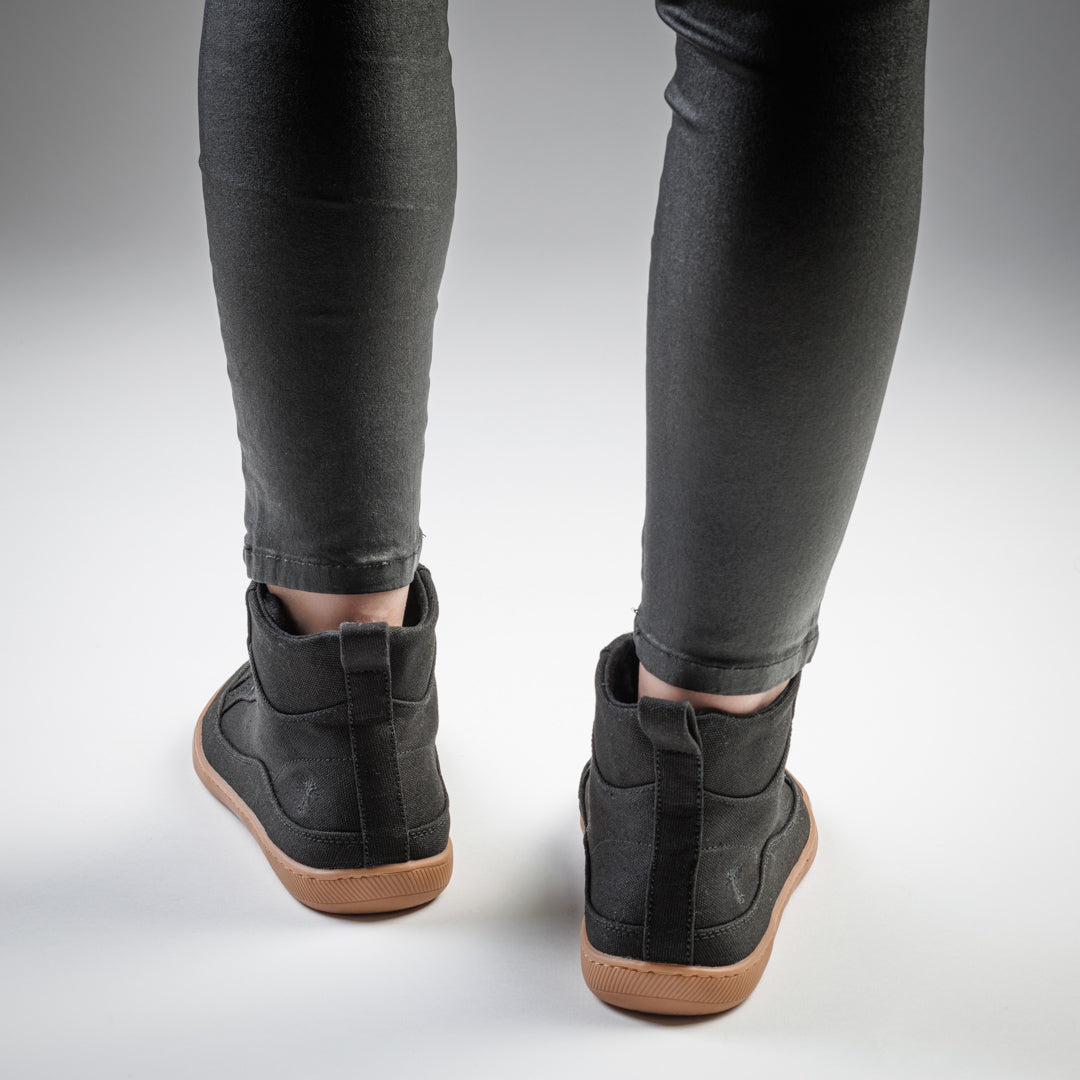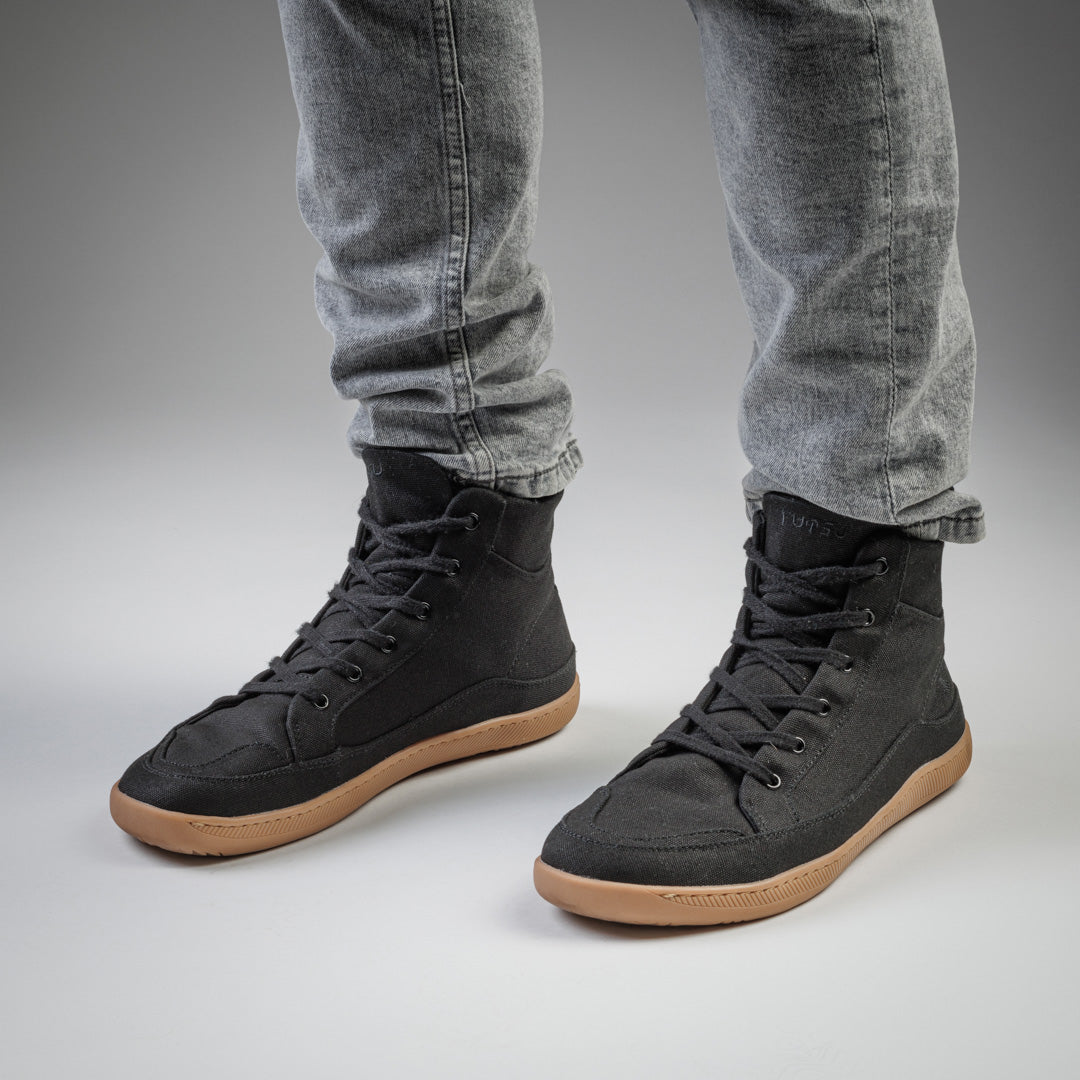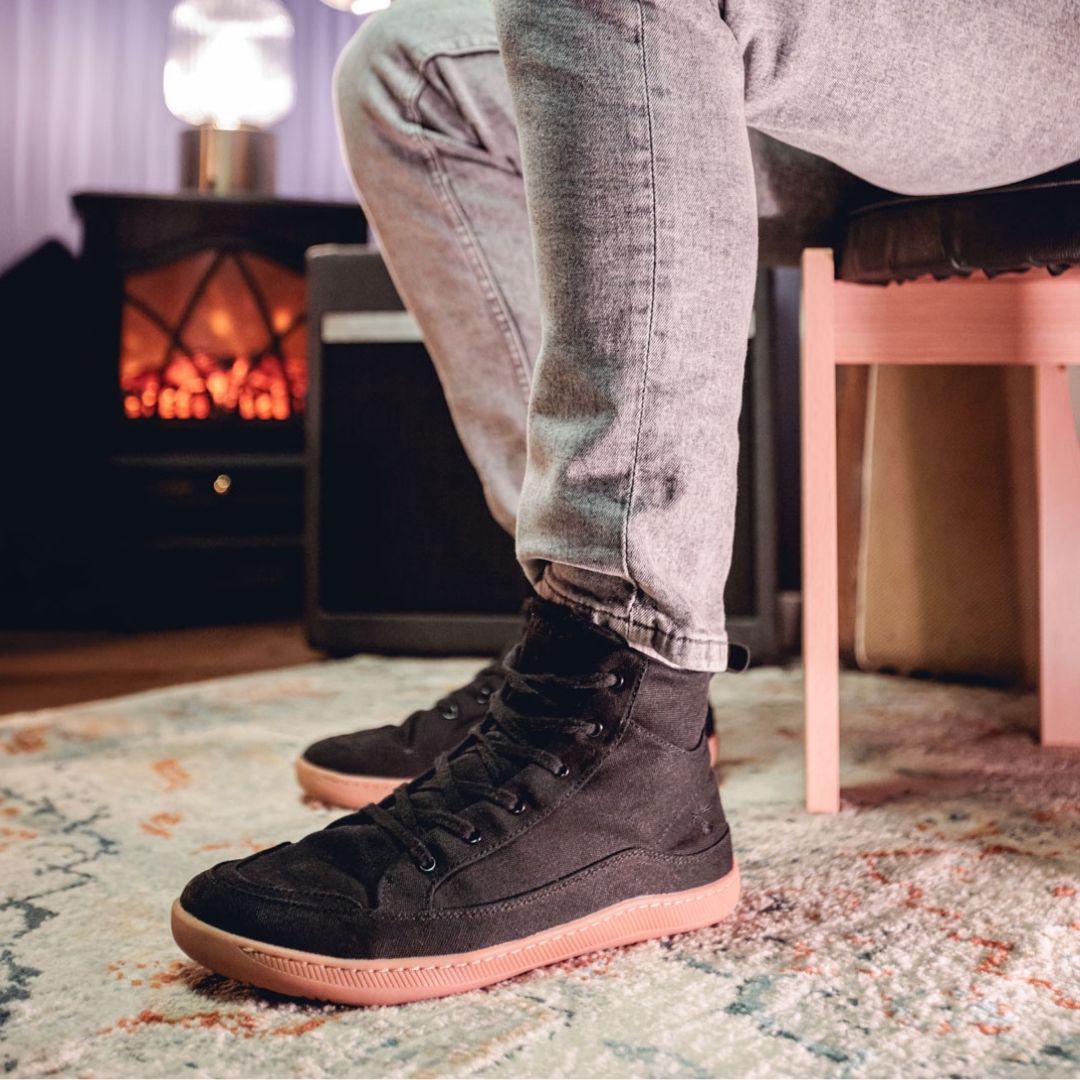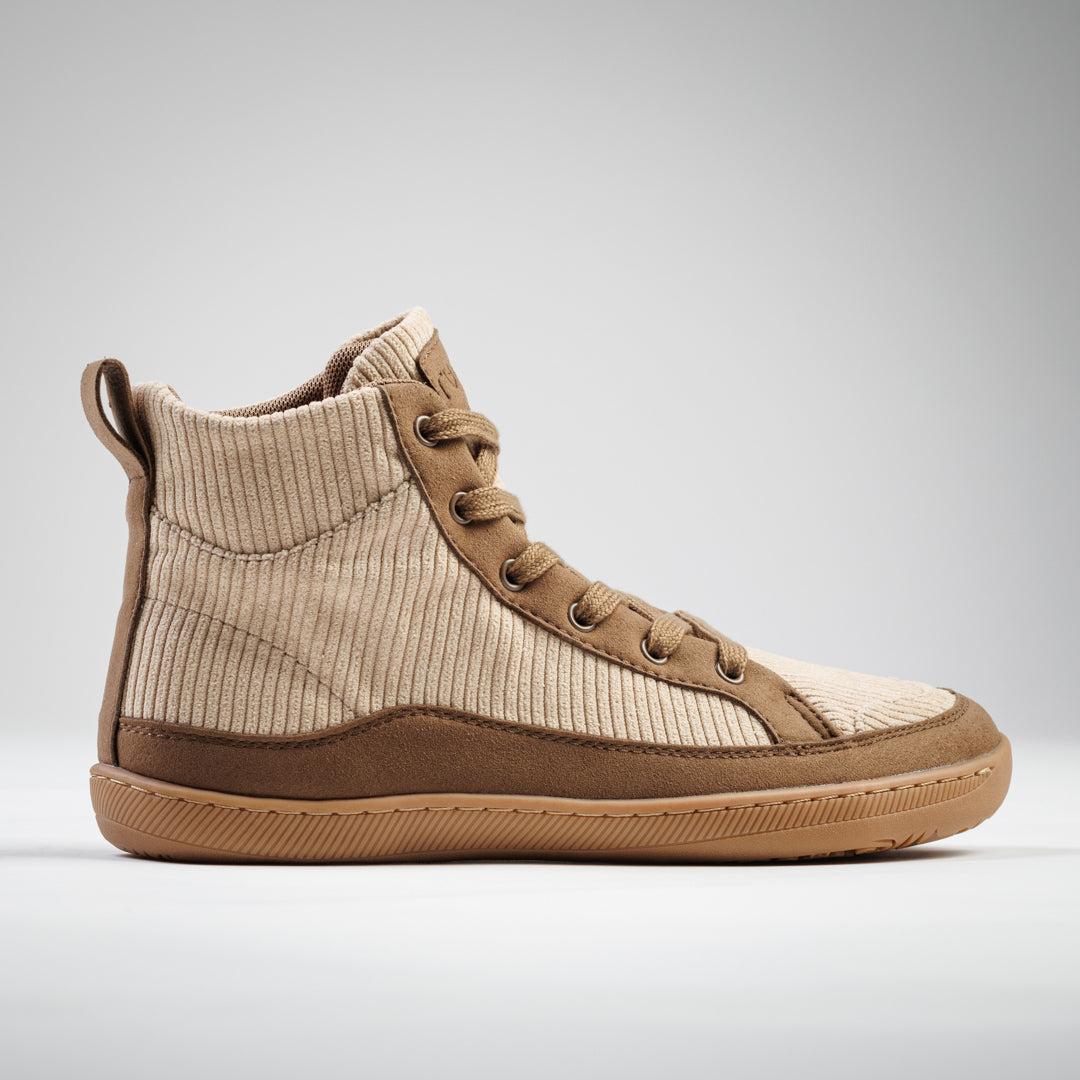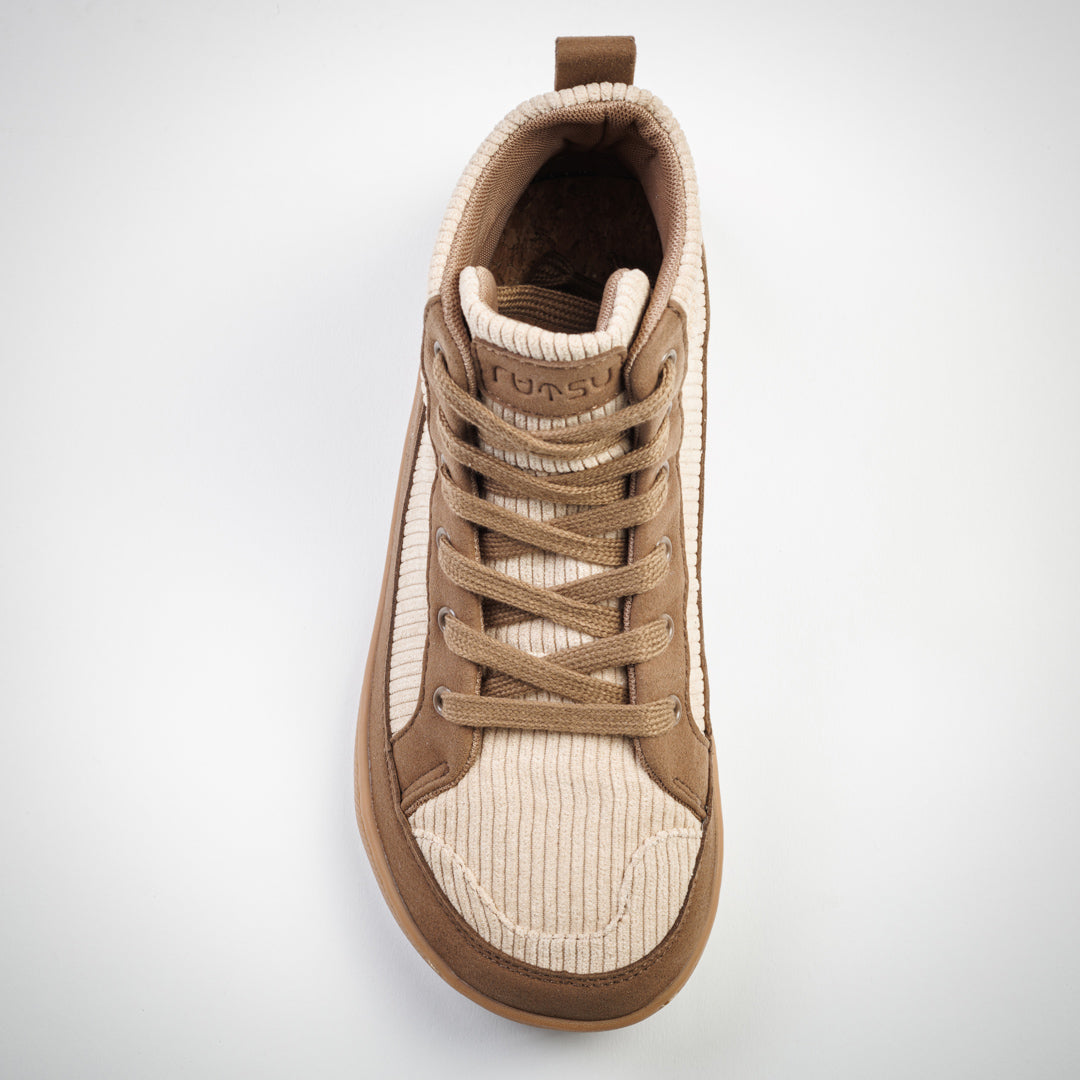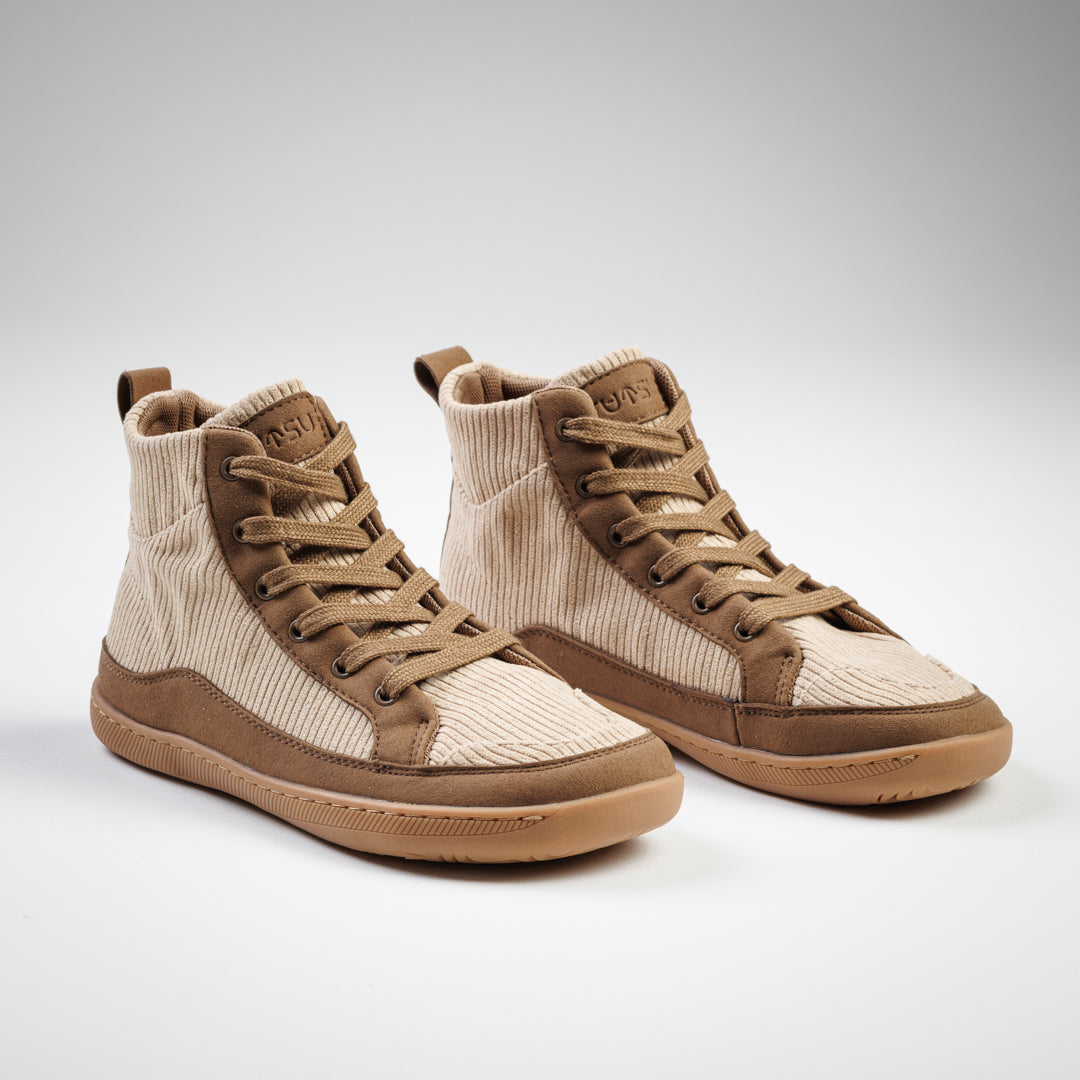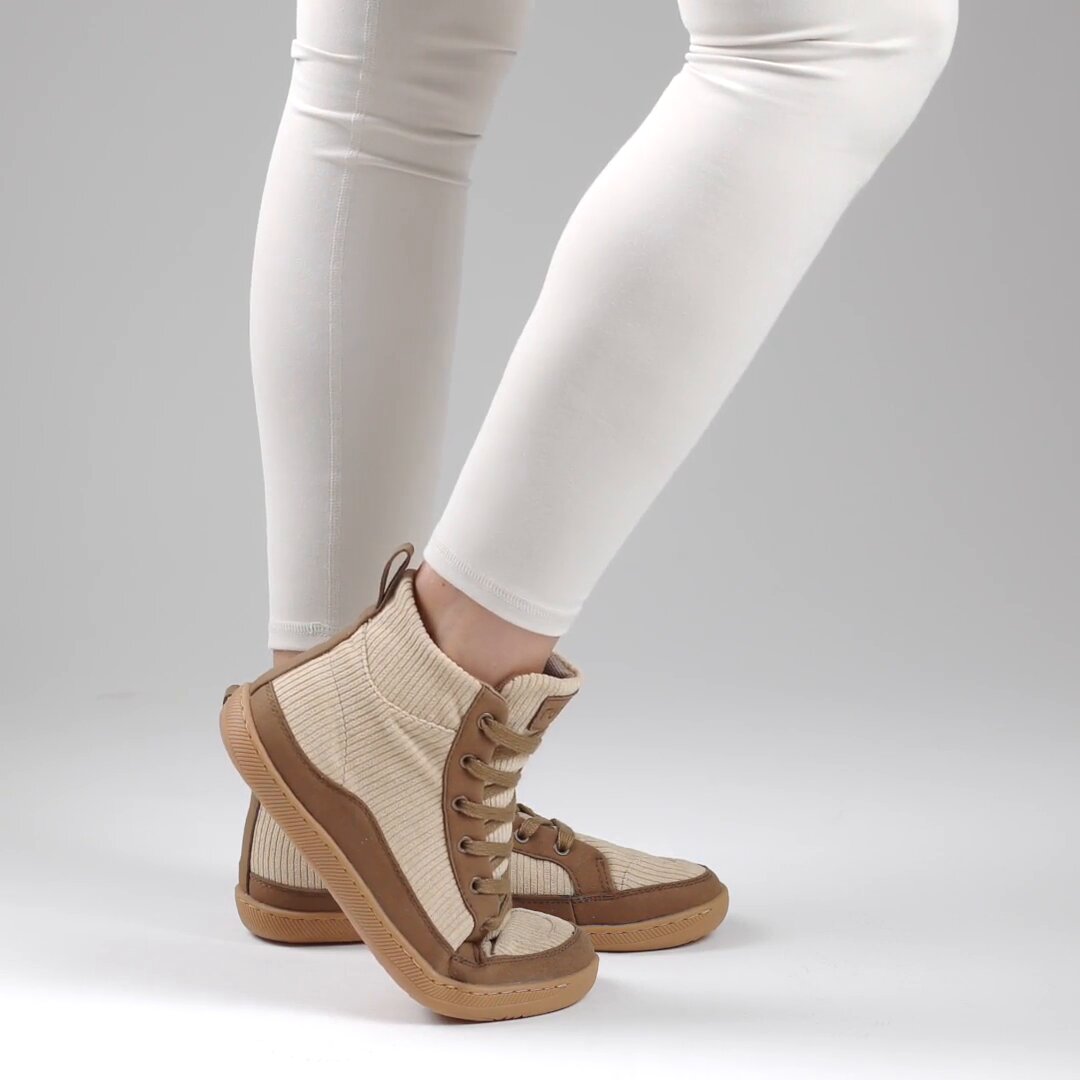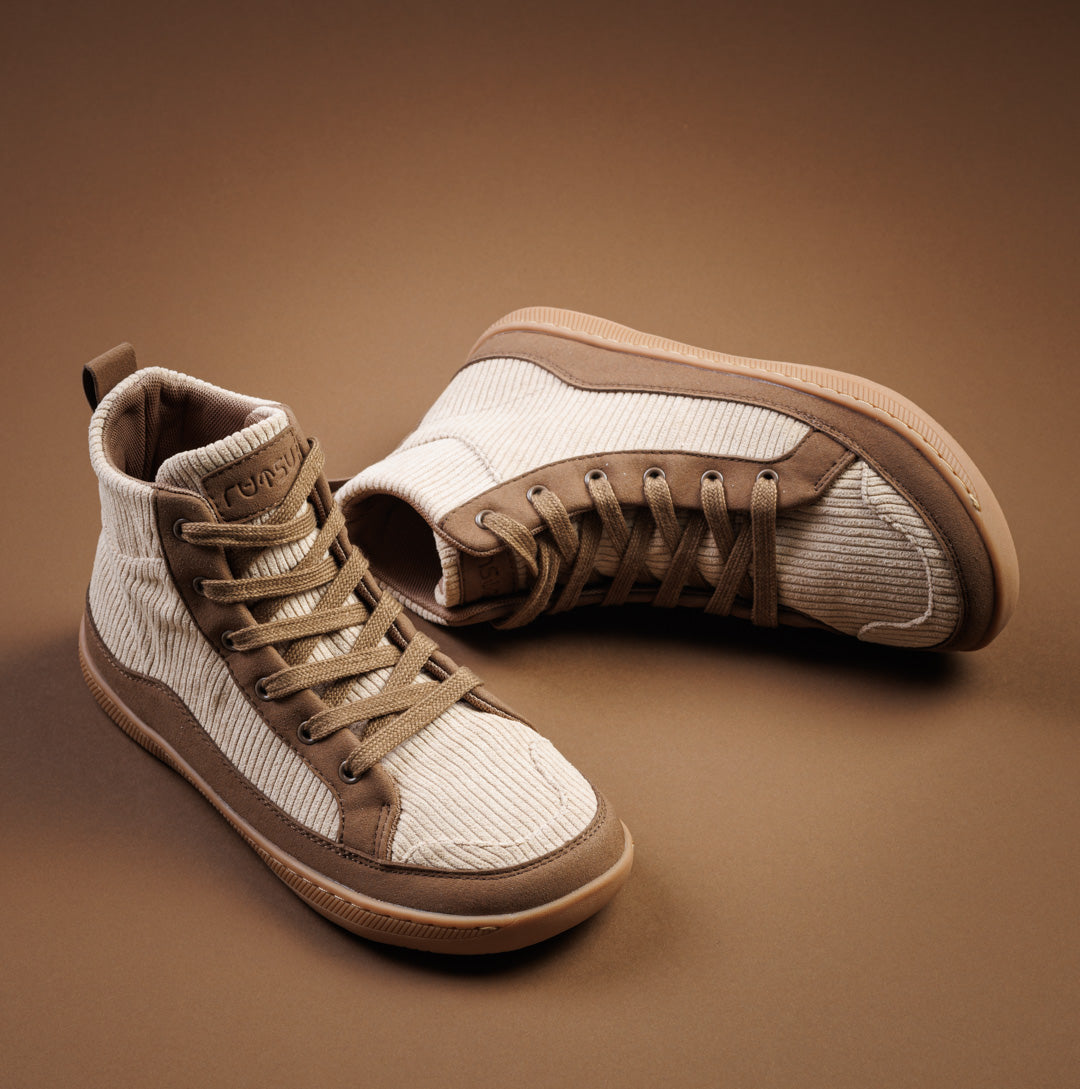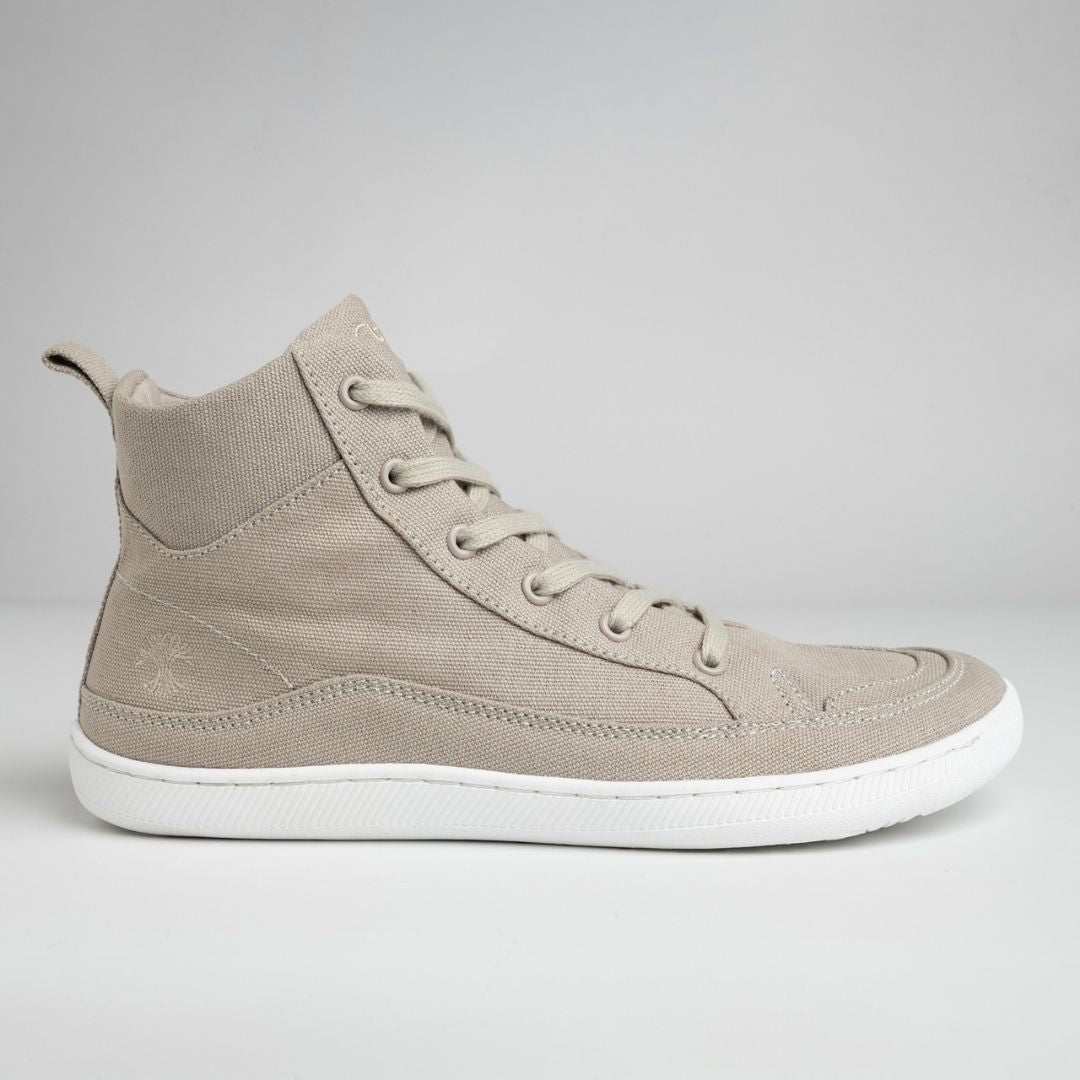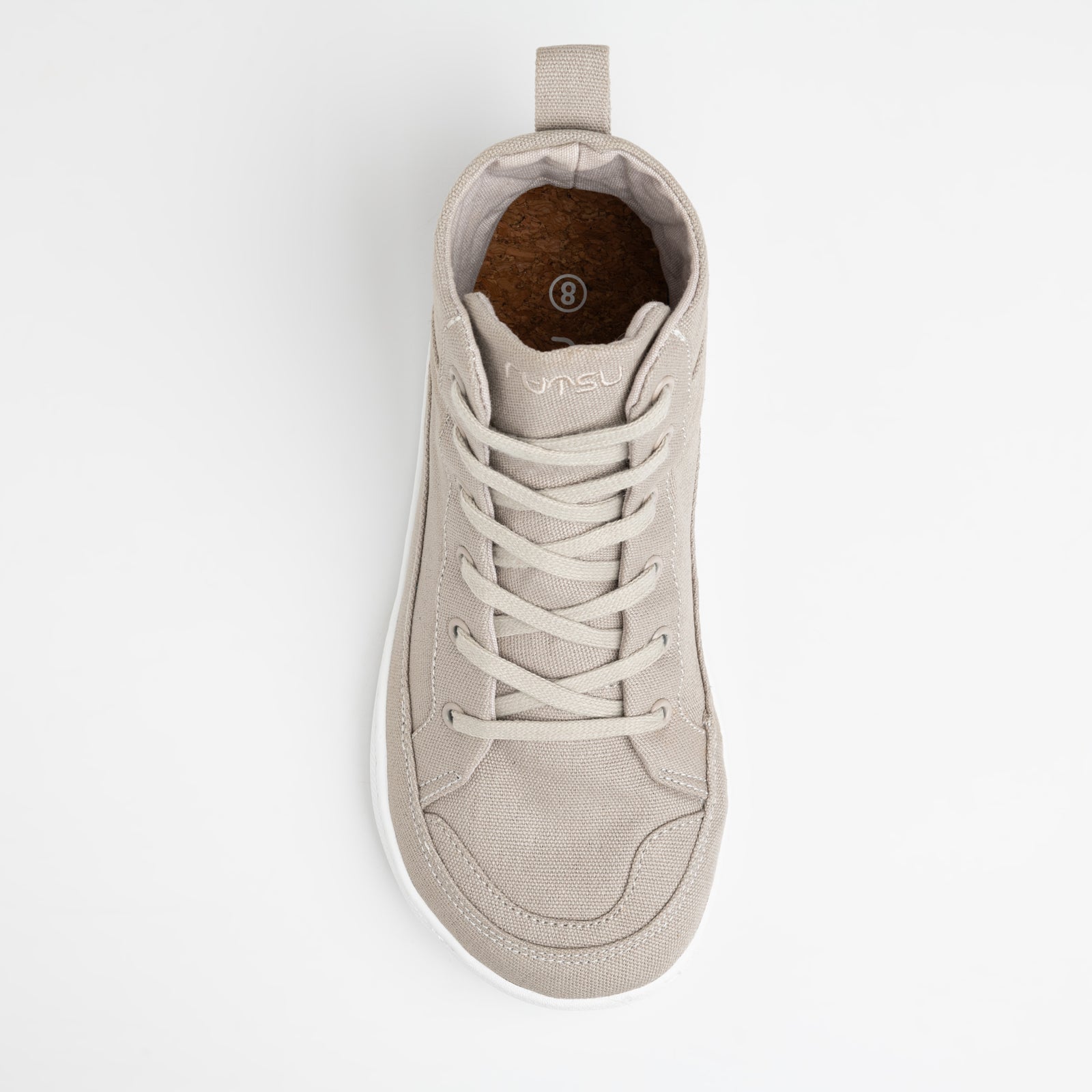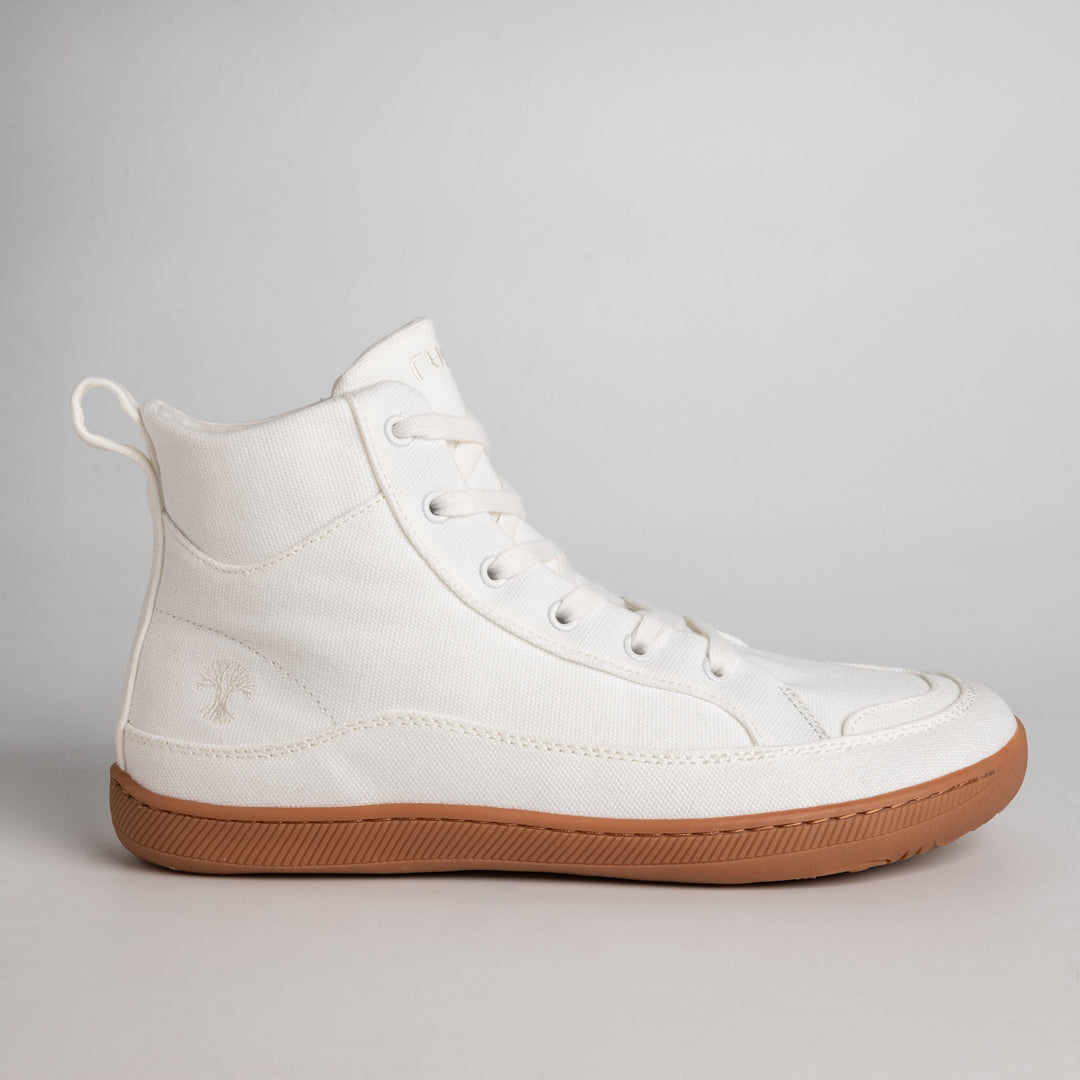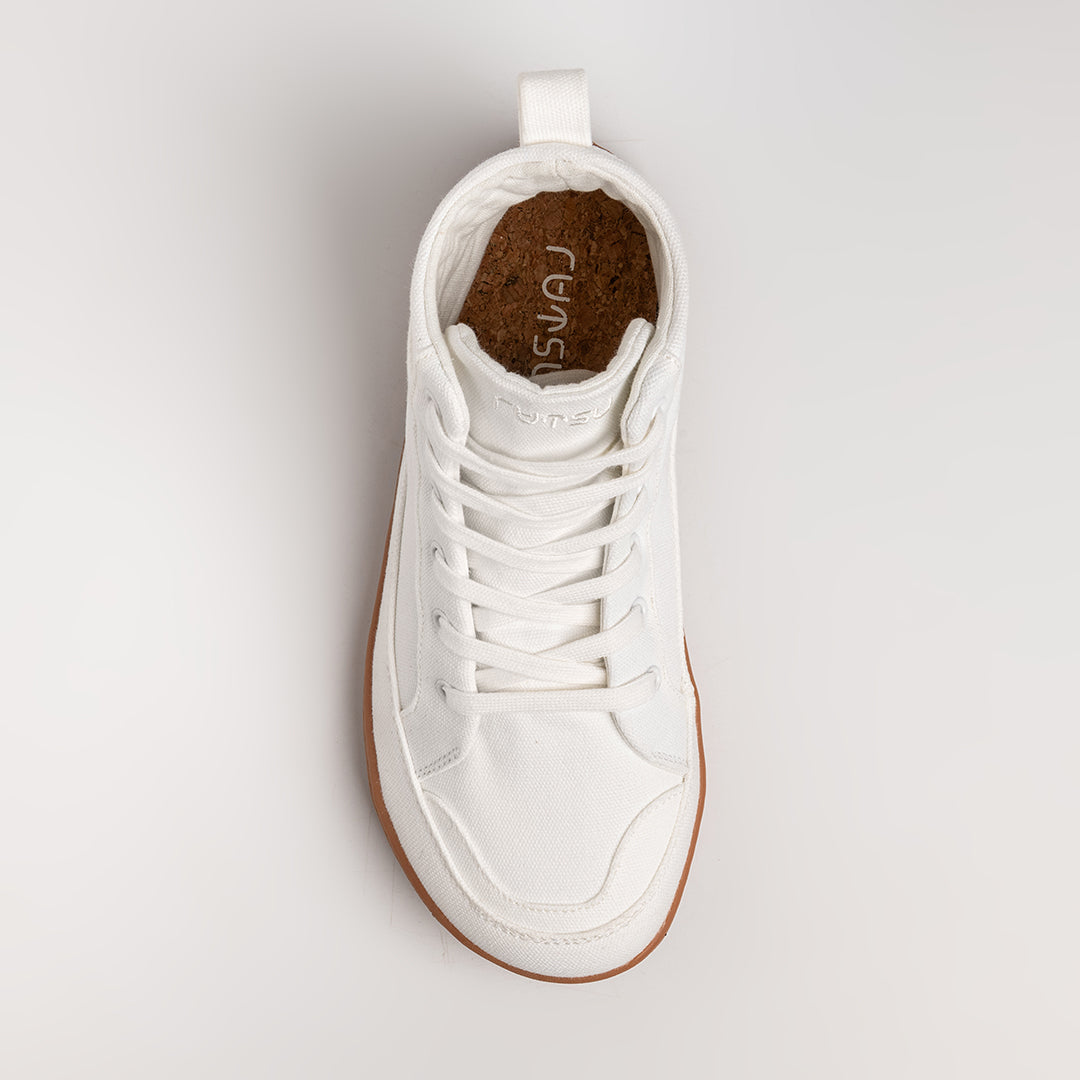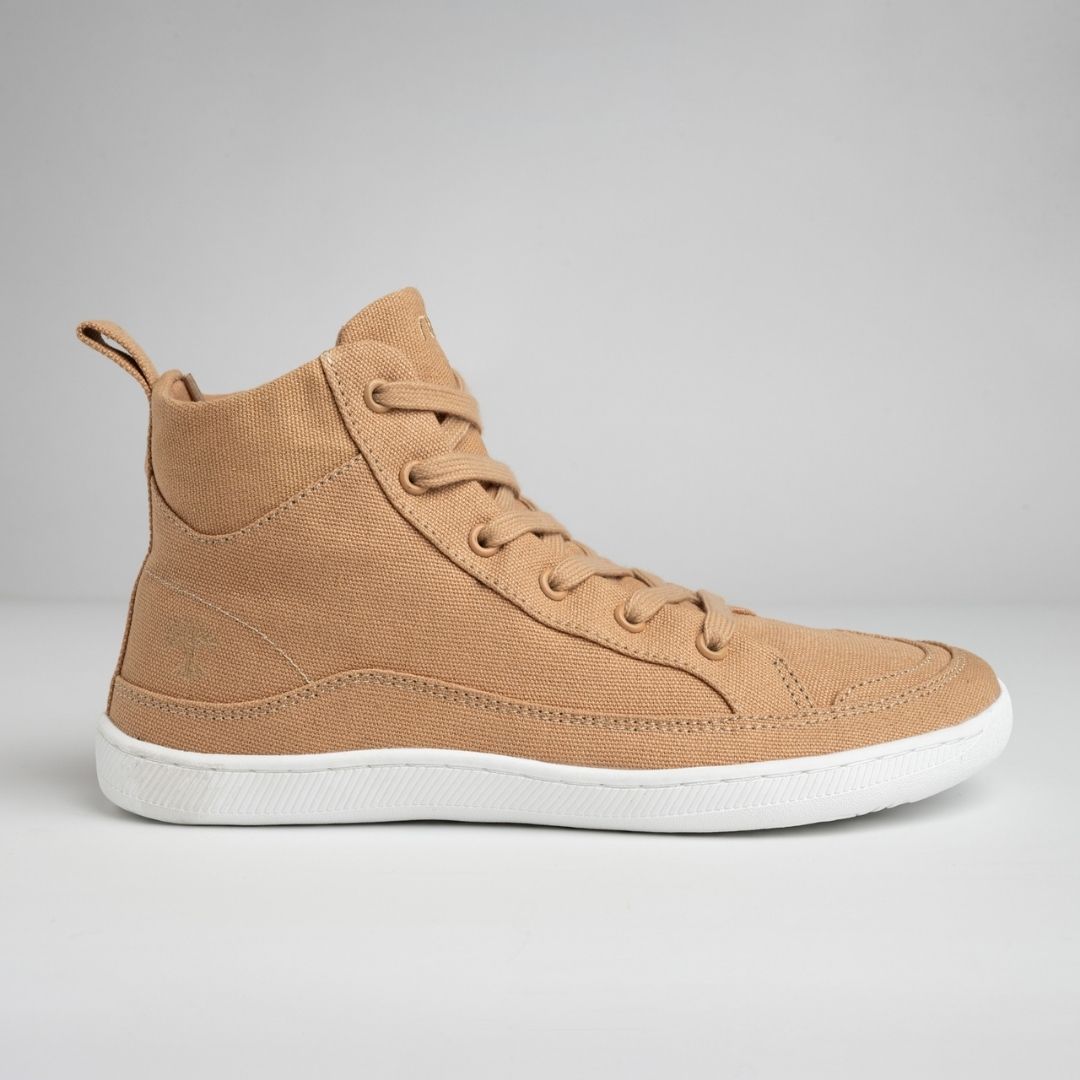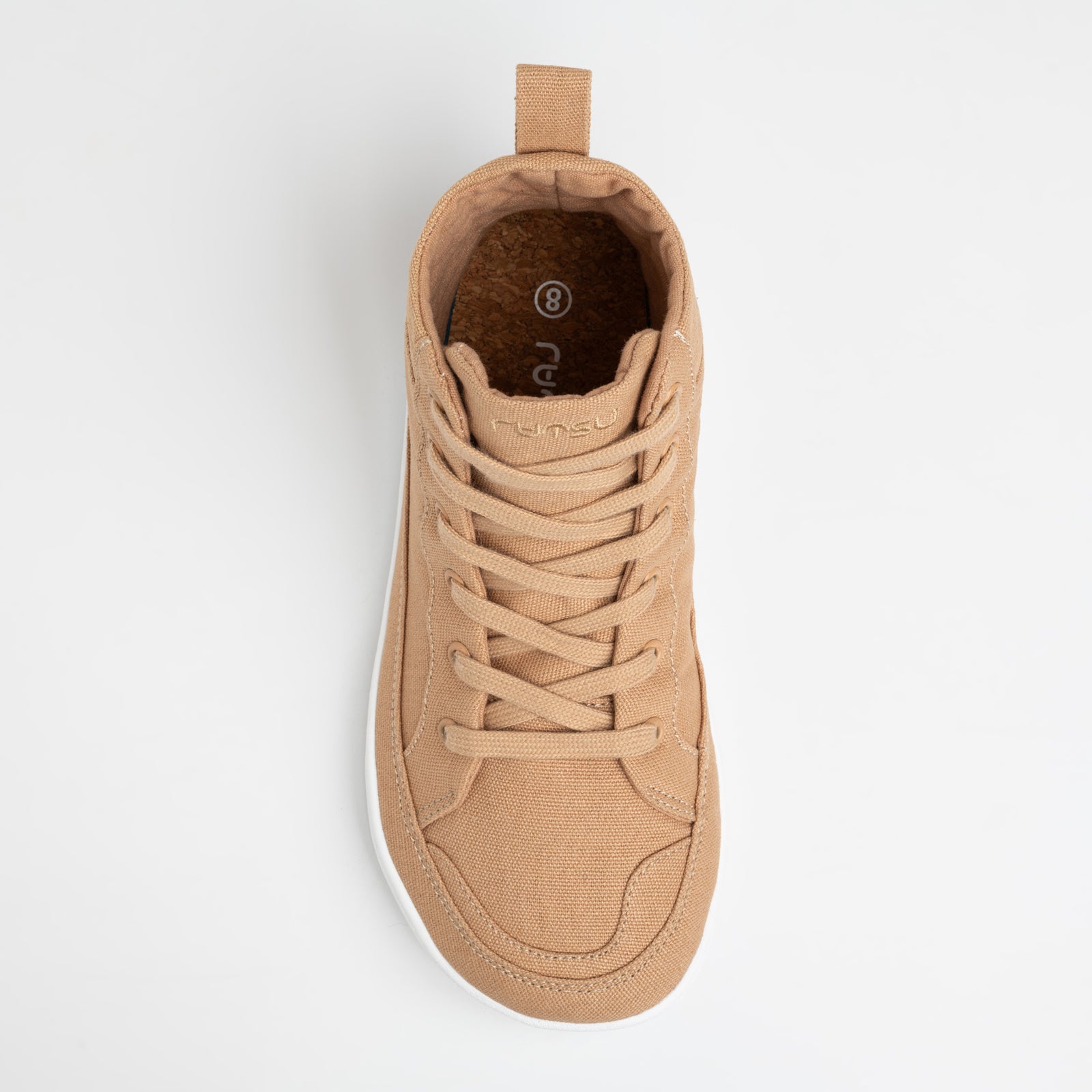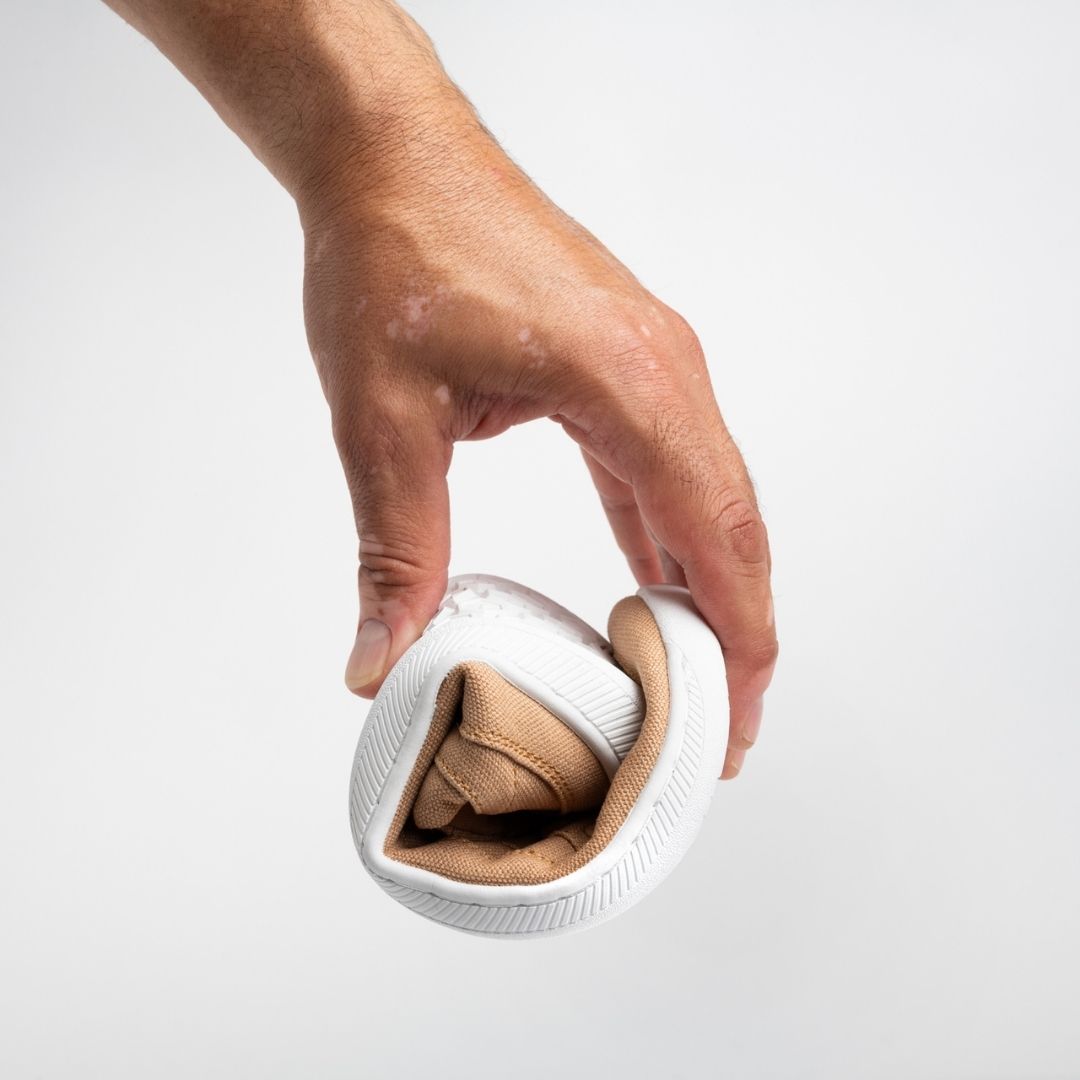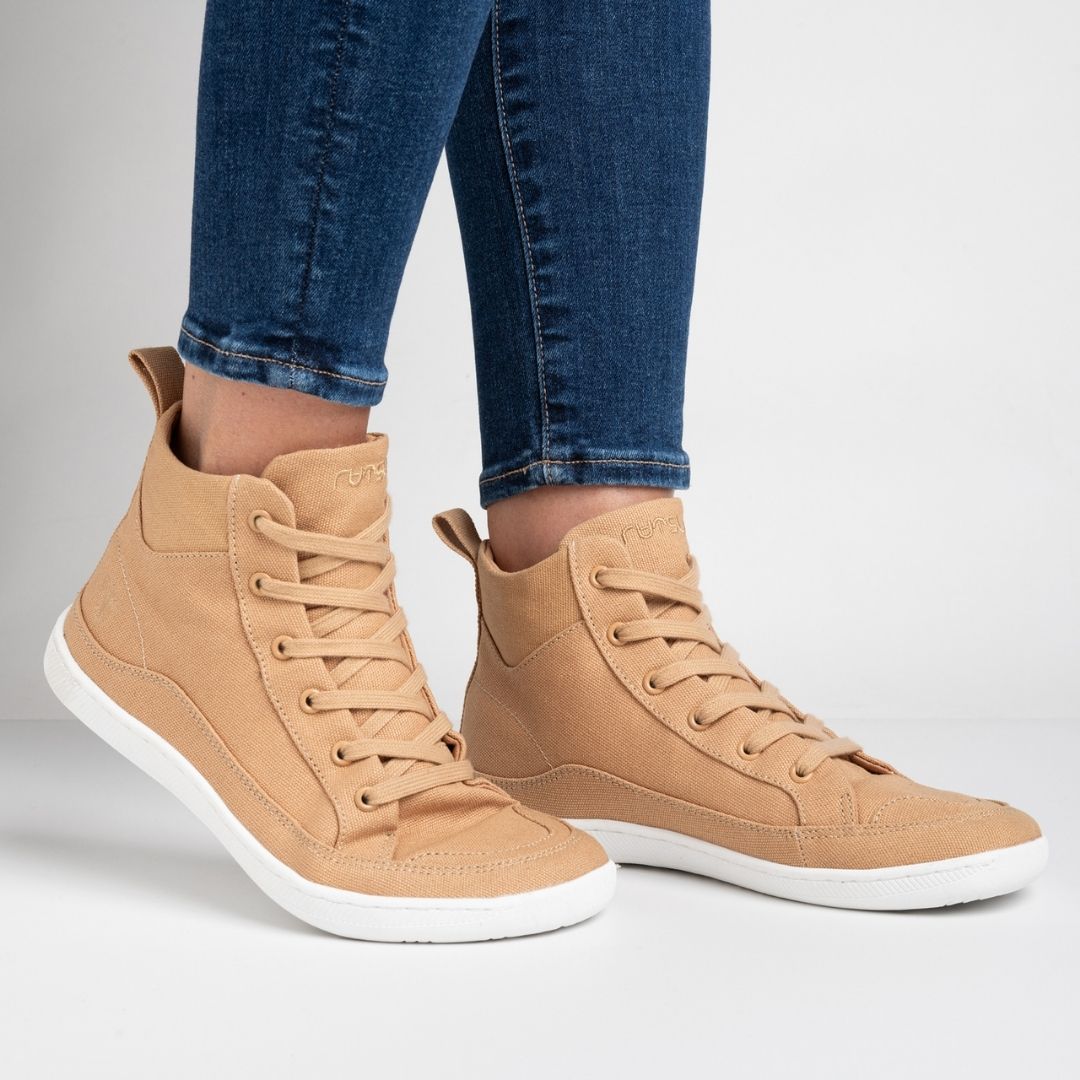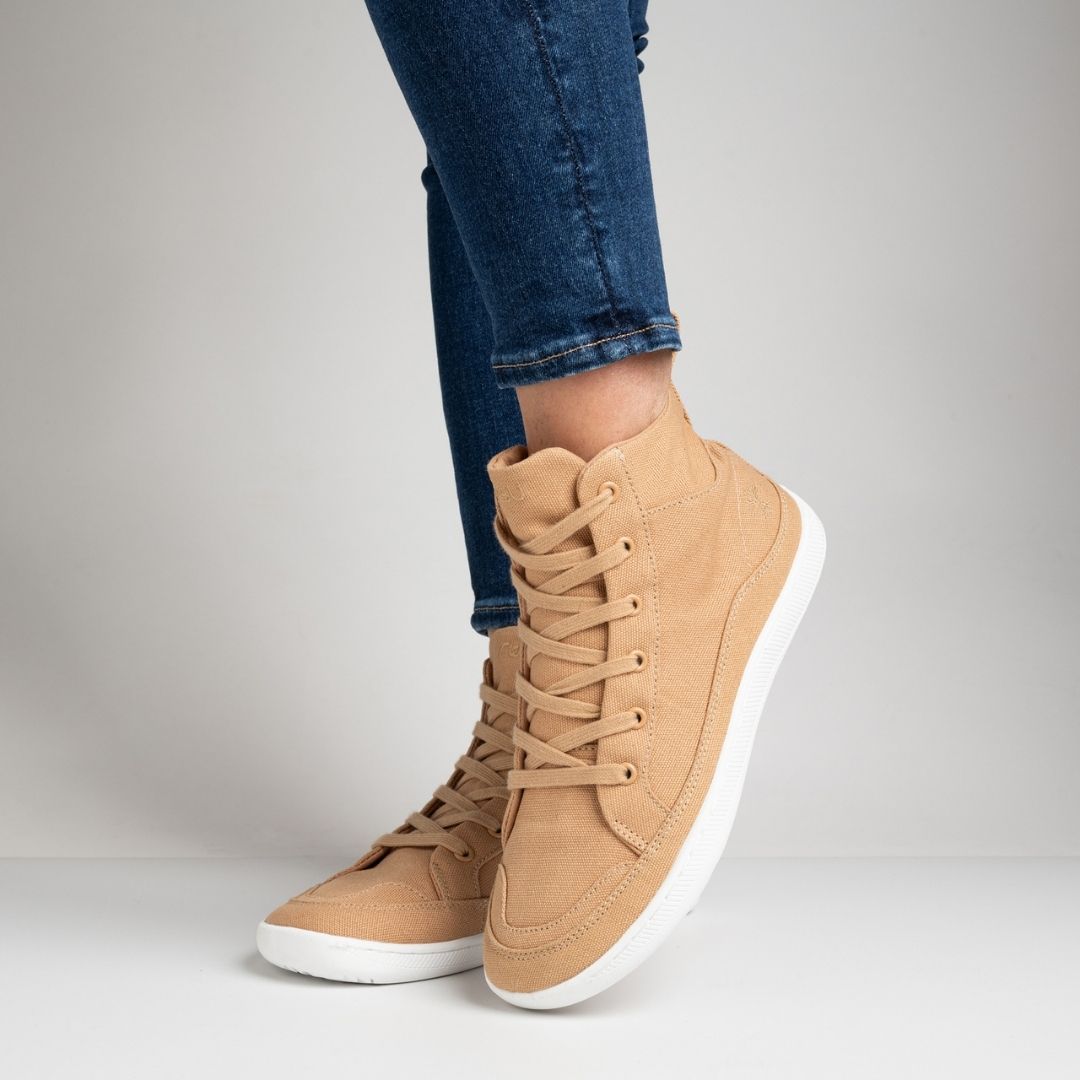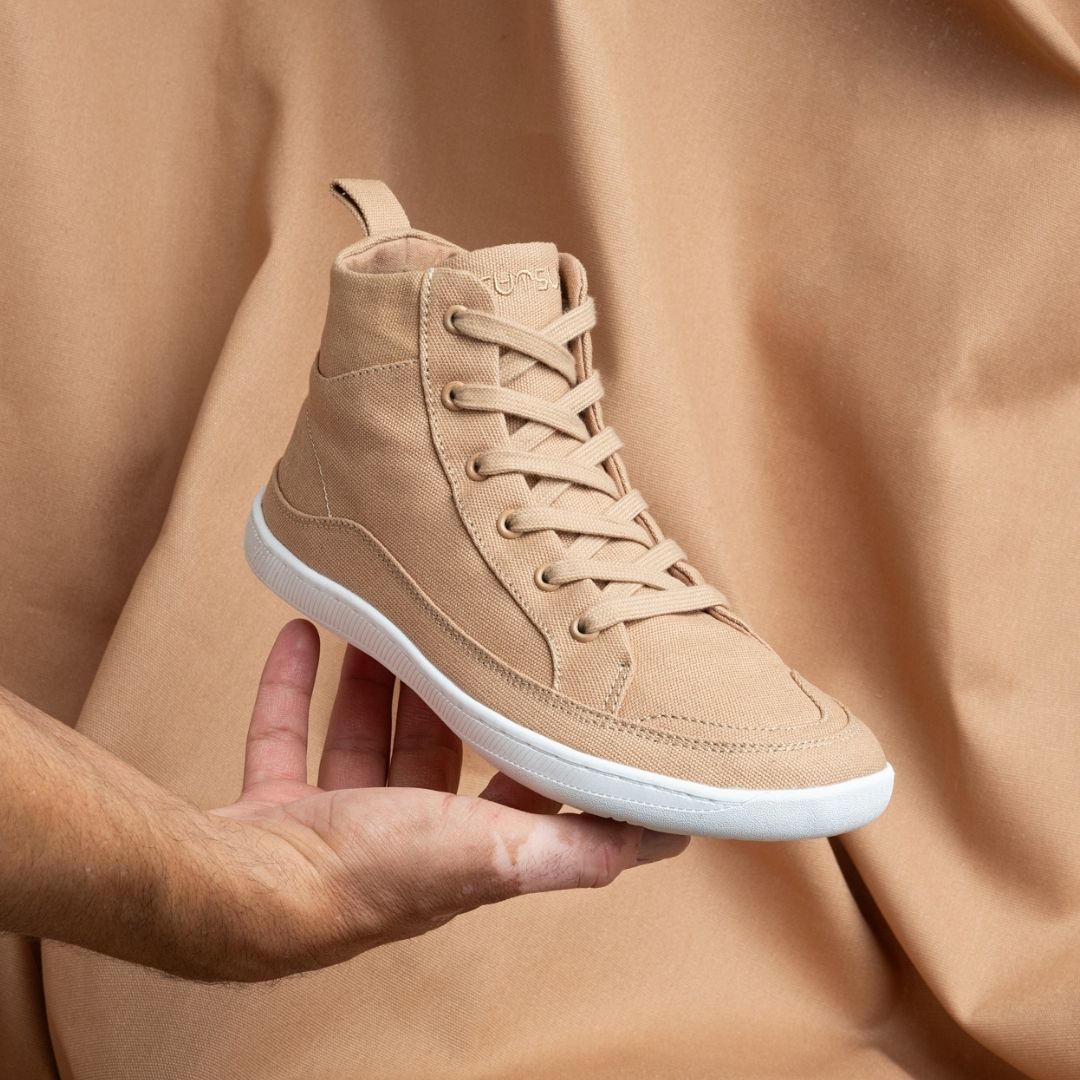Being barefoot requires more than just kicking off your shoes; you also need to modify your gait, pace, and even your standing position. You're not the only one who has ever felt lost after putting on a regular pair of shoes. These days, many people are drawn to the idea of experiencing something more grounded and organic by going barefoot. Let's investigate the secure and cozy barefoot shoe options.
How long does it take to transition to barefoot shoes?
Like turning on a light switch, going barefoot takes some getting used to. Like when you brew the perfect cup of coffee, it takes longer, but the reward is worth it. This phase of adjustment can take a few weeks to many months, depending on how well your feet are doing right now and how much you're doing.
The way that regular footwear and barefoot sneakers influence a person's foot morphology and posture varies. Traditional shoes often have thick bottoms and arch supports, which over time may damage your foot muscles. Conversely, going barefoot promotes more natural foot function. A shift in alignment supports the preservation of the arch, strengthens the bones and muscles, especially in the feet and ankles, and helps ward off accidents. Studies, such as "Barefoot Running: An Evaluation of current hypothesis, Future Research and clinical applications," indicate that the reduced weight and different foot strike patterns of barefoot shoes may contribute to increased running efficiency.
Start by wearing your Rutsu Barefoot shoes for short periods during the day. Listen to your body. If your feet start to feel tired or sore, that’s your signal to ease up. Like learning to play an instrument, you don’t want to overdo it at the beginning. Gradually, as your muscles strengthen and adapt, you’ll find that you can wear them for longer periods without any discomfort.
How to safely switch to barefoot shoes?
Safety first, always. The key to a successful transition is patience. Imagine teaching a child to ride a bike—small steps, lots of encouragement, and no rush. Here’s how you can make the switch safely:
- Start Slow: Begin by wearing your barefoot shoes around the house or for short walks. Gradually increase the time and intensity of your activities.
- Pay Attention to Your Body: Your feet will tell you how they’re doing. If you feel pain, take a break and let your feet recover.
- Focus on Form: When walking or running in barefoot shoes, keep your steps light and your posture upright. Avoid heavy heel strikes, which can be jarring without the cushion of traditional shoes.
- Strengthen Your Feet: Simple exercises like toe curls, calf raises, and foot stretches can help strengthen the muscles and bones in your feet and ankles.
Potential Risks and How to Mitigate Them:
Transitioning to barefoot shoes isn’t without its challenges. One common issue is the risk of overloading muscles that haven’t been used in this way before, leading to soreness or even injury. To mitigate these risks:
- Don’t Rush the Process: Avoid jumping straight into high-impact activities like running. Start with walking and gradually increase your activity level.
- Use Transition Shoes: Consider wearing minimalist shoes before fully transitioning to cool barefoot shoes. These provide some cushioning while still encouraging a more natural gait.
- Consult a Podiatrist: If you have pre-existing foot conditions, it’s wise to consult a foot health expert before making the switch.
Rutsu Size Finder
It's important to get the correct fit, particularly with barefoot shoes. An inventive tool called the Rutsu Size Finder can assist you in finding the ideal size for your barefoot sneakers.
The Rutsu Size Finder makes sure you receive a pair of shoes that offer the best possible balance between comfort and performance by accounting for the specific size and shape of your feet. Because it helps traverse the variances in foot shapes and sizes that traditional sizing charts often ignore, this tool is especially helpful for barefoot sneakers women.
What to expect when starting to wear barefoot shoes?
The first time you wear barefoot shoes, it can be like walking on a different planet. Everything is distinct yet identical. You're going to experience the ground like never before. Even the smallest pebbles and the temperature will be noticeable to you. One of the main advantages of wearing barefoot shoes is this enhanced sensory experience, but it does take some getting accustomed to.
When you first put on your Rutsu Barefoot shoes, your feet could feel tired or sore. This is typical and merely indicates that your feet are getting used to their new surroundings. These feelings will eventually go away as your muscles get stronger, and you'll come to value the freedom and organic feel that come with wearing barefoot shoes.
Week-by-Week Transition Plan:
- Week 1: Wear barefoot shoes for 30 minutes to an hour each day, focusing on walking on flat, even surfaces.
- Week 2: Increase wear time to 1-2 hours a day. Start incorporating light activities like walking on uneven surfaces or light jogging.
- Week 3: Gradually increase the intensity of your activities. Start running short distances, but be sure to maintain proper form.
- Week 4: If your feet feel comfortable, try wearing barefoot shoes for most of the day. Begin integrating more strenuous activities like trail running.
Conclusion
Making the transition to barefoot footwear is thrilling, akin to embarking on a brand-new voyage. Rutsu Barefoot shoes, the appropriate strategy, and a little perseverance will help you reap the rewards of natural movement in no time. Bear in mind that your feet are naturally strong and flexible; barefoot shoes are simply a tool to help you realize their full potential.
Your feet will appreciate you for switching, whether you're doing errands, taking a leisurely stroll, or hitting the trail. Now put on your shoes, go outside, and begin experiencing the world one barefoot step at a time—the way it was meant to be experienced.
FAQs
Can barefoot shoes help with foot pain?
Yes, because they let your feet move more naturally, barefoot shoes can help relieve some types of foot pain. But, it's crucial to go gradually to prevent taxing muscles that might have been underutilized.
How often should I wear barefoot shoes when I first start?
Start by donning them for a maximum of 30 to 60 minutes every day. Increase the time gradually as your feet become used to it.
Are barefoot shoes suitable for running?
Of course! Running with barefoot shoes can be fantastic, but in order to prevent injury, you must start out slowly and pay close attention to your form.
What should I do if my feet feel sore after wearing barefoot shoes?
Take a break and give your feet time to rest if they are hurting. Additionally, you may assist them adapt faster by performing workouts that strengthen your feet.
Do I need special socks for barefoot shoes?
While it’s not necessary, some people prefer thin, toe-specific socks for a more natural fit and feel.
Can barefoot shoes be worn in cold weather?
Yes, but you might want to pair them with thicker socks or choose a barefoot shoe with more insulation for colder climates.



